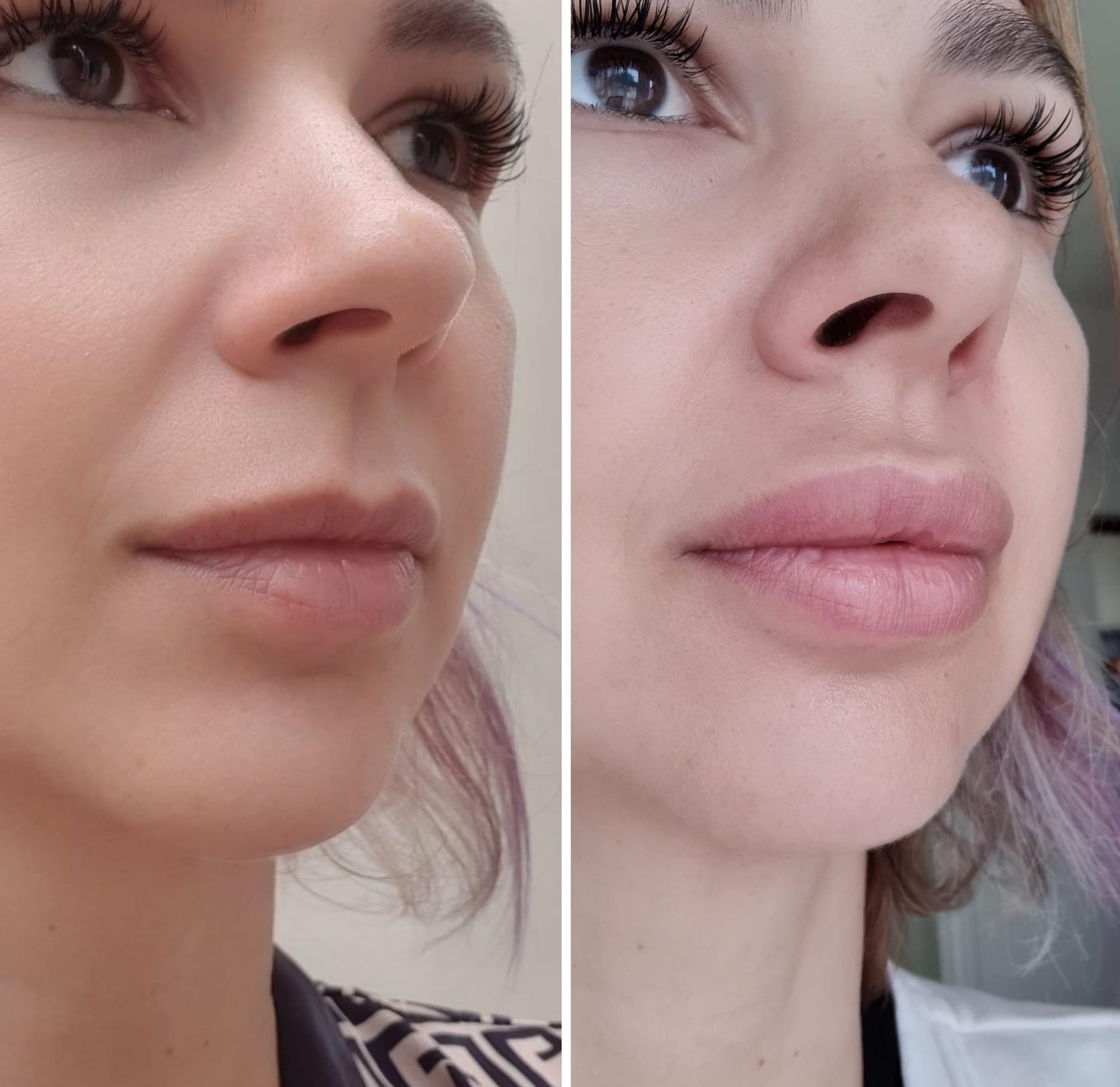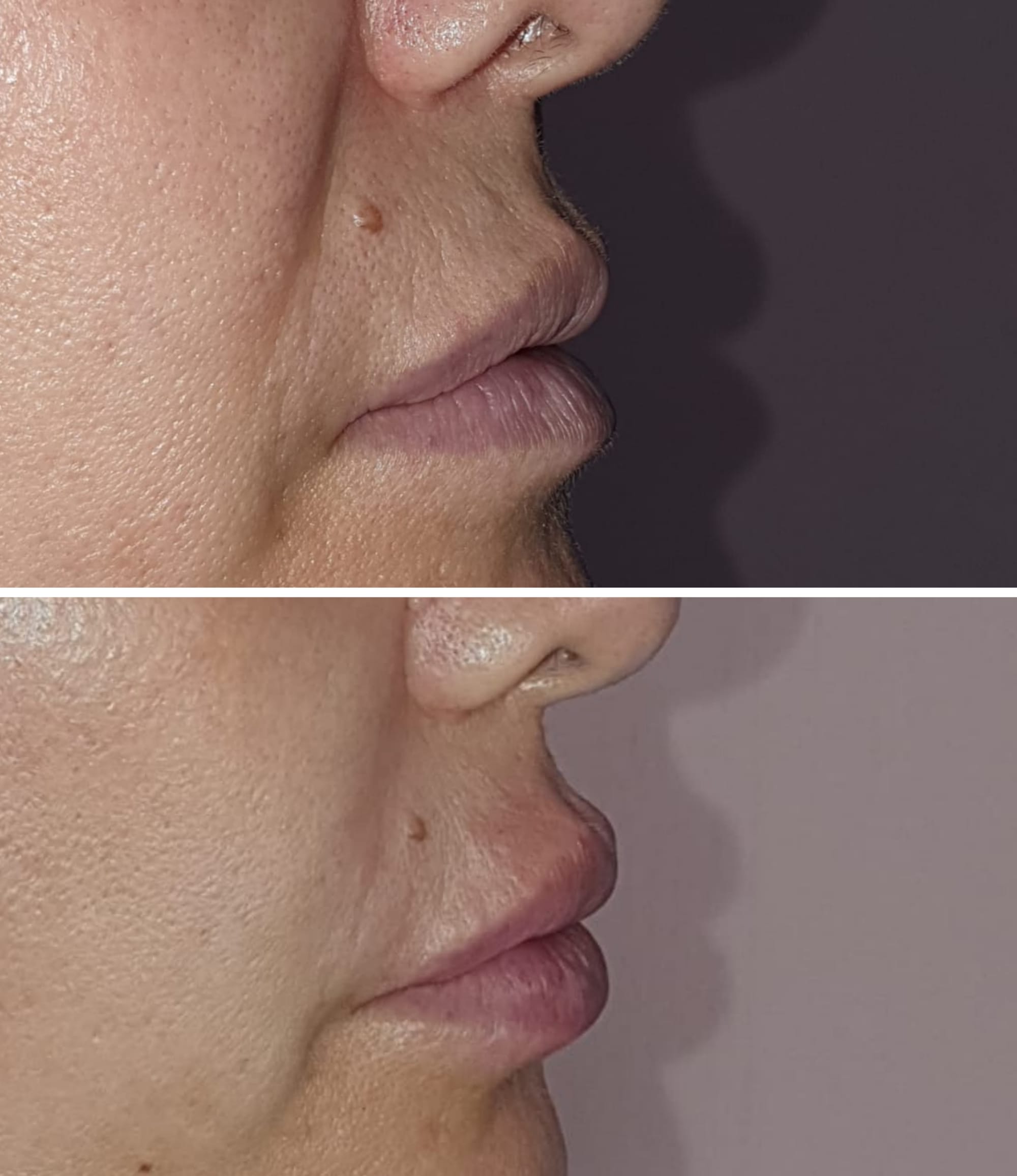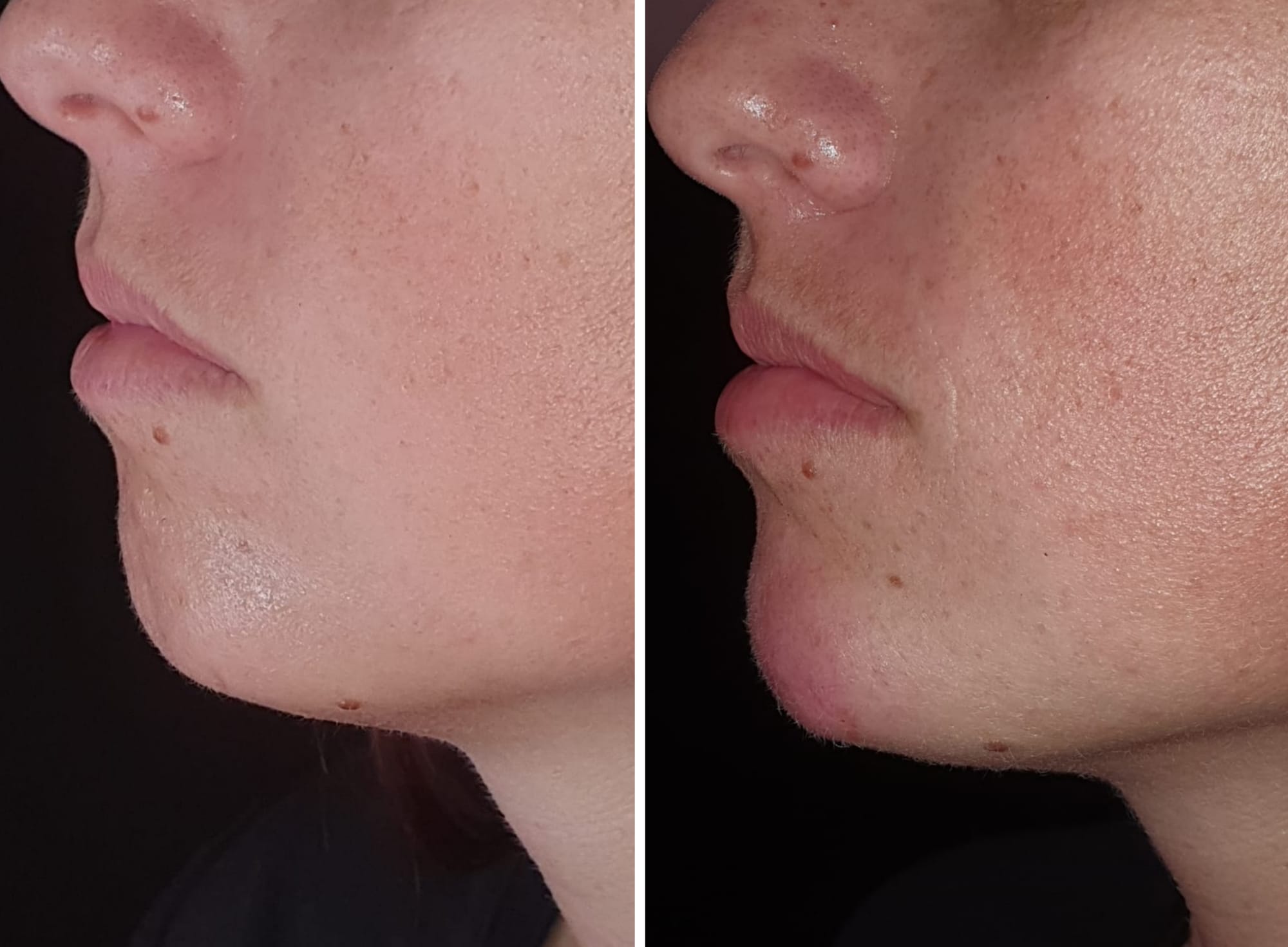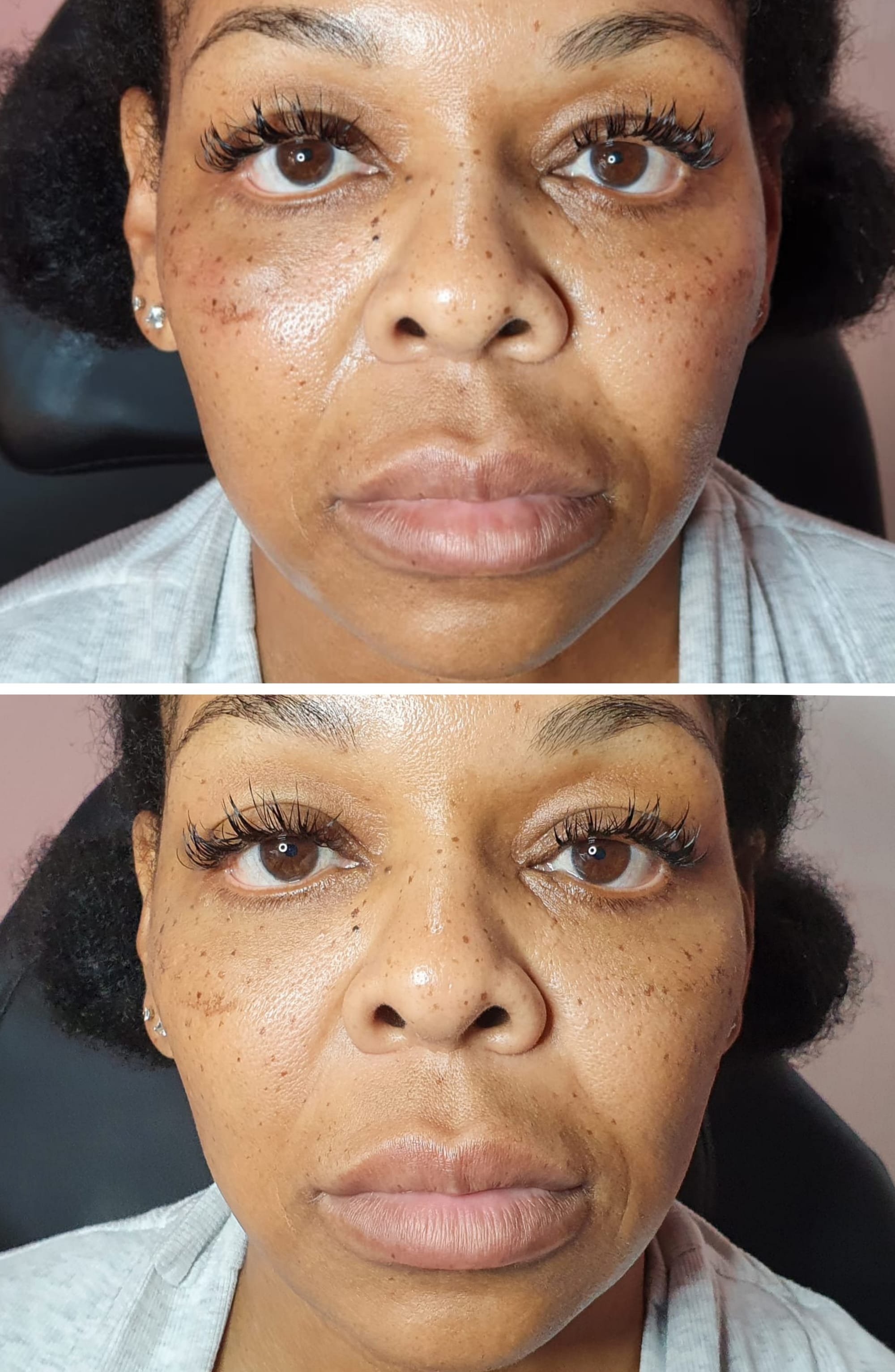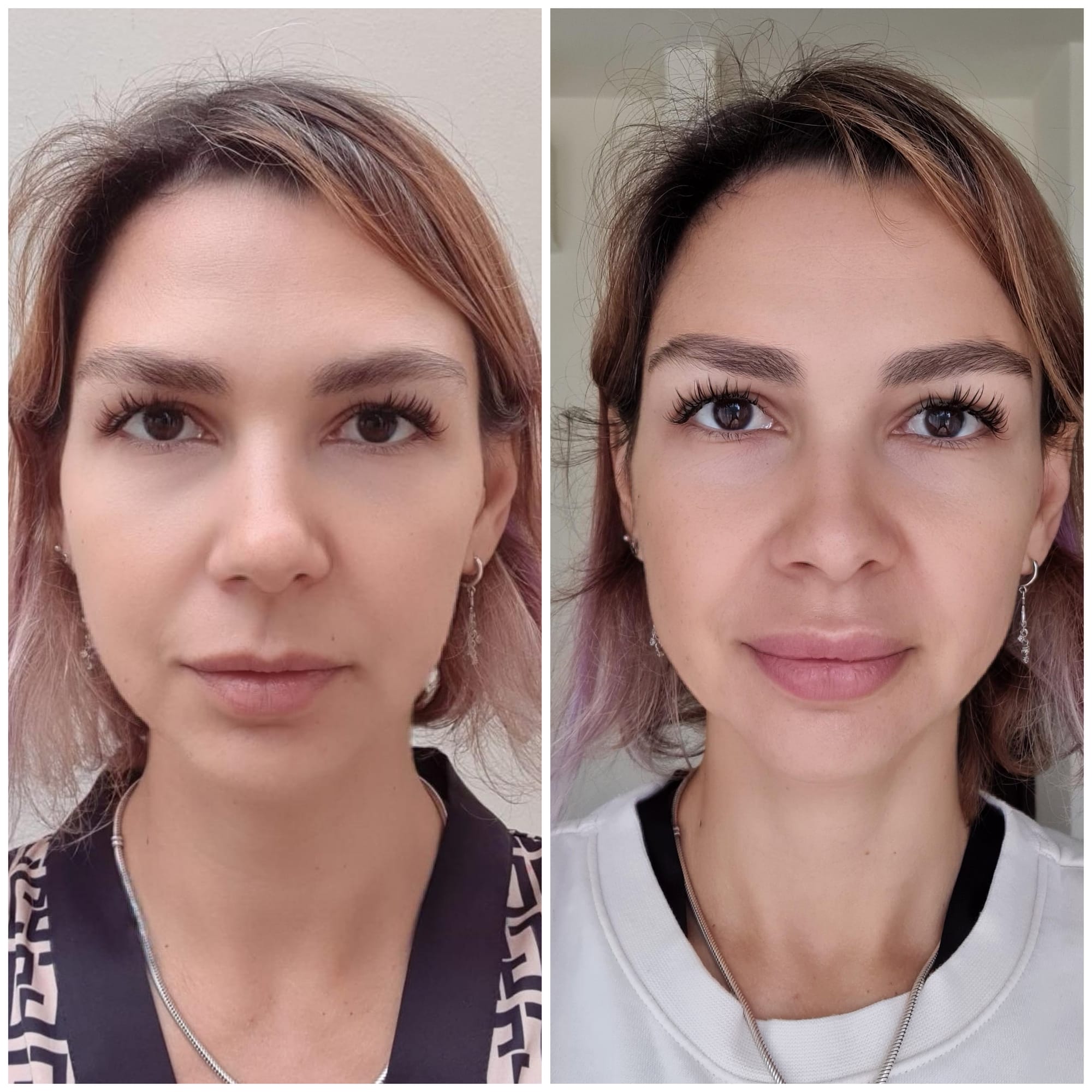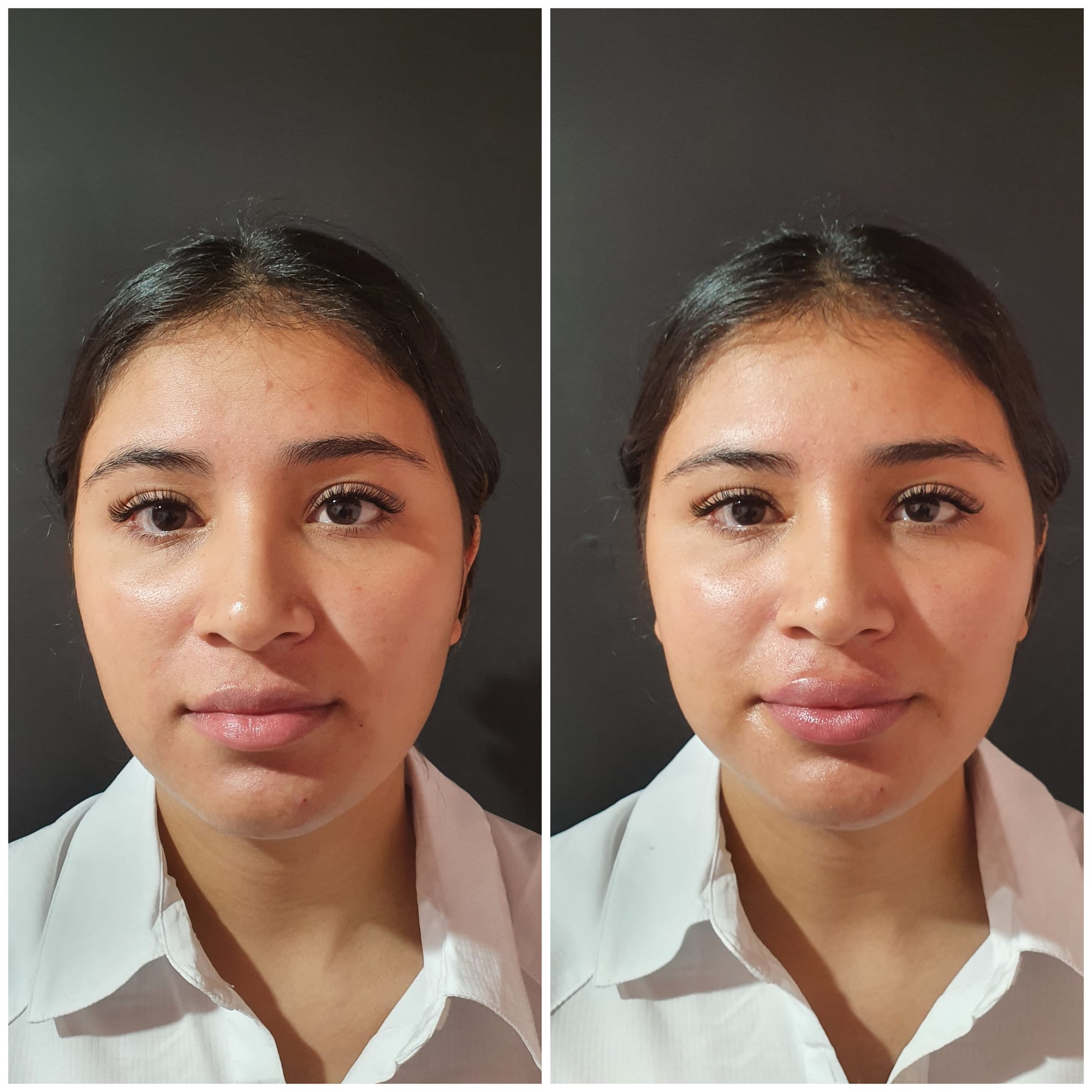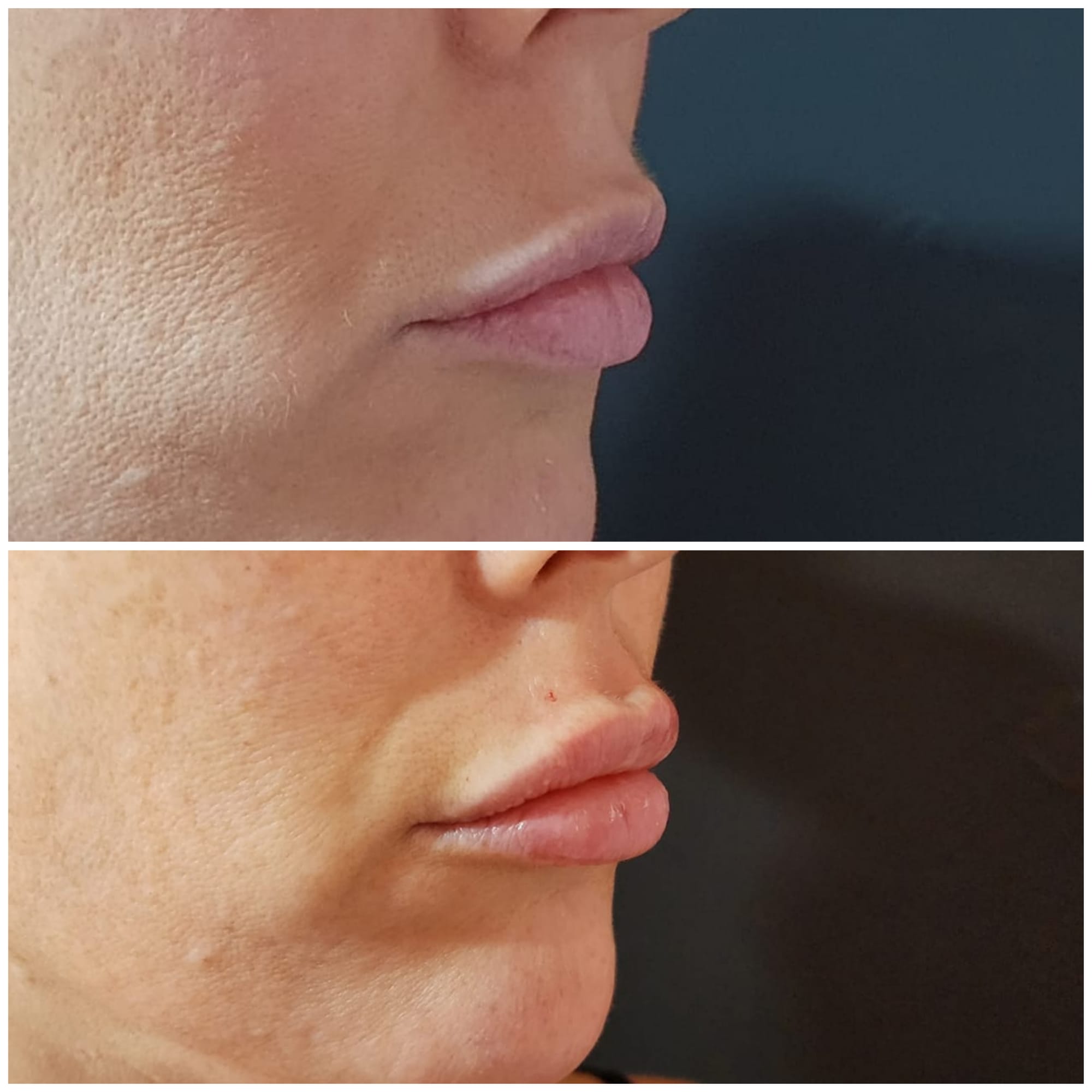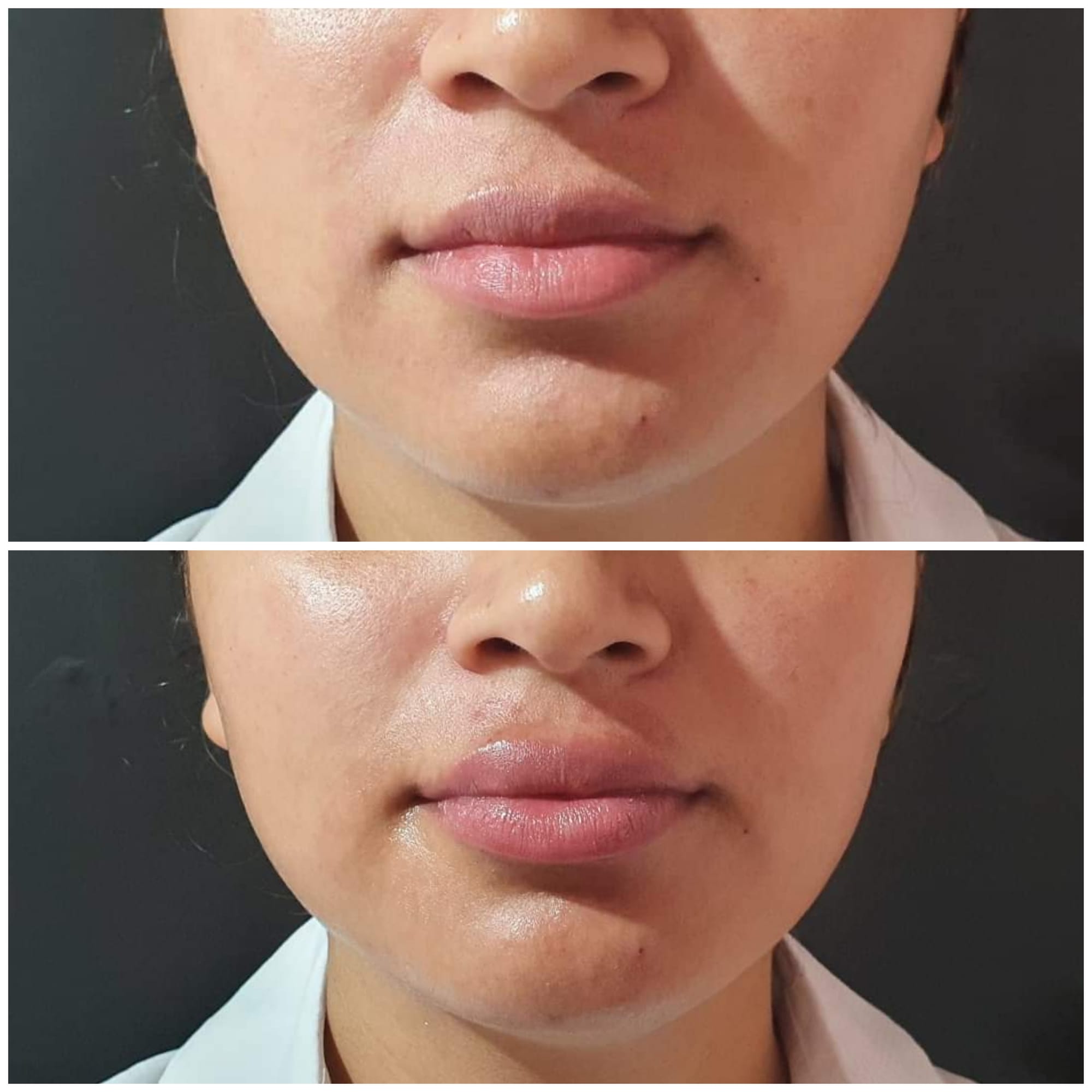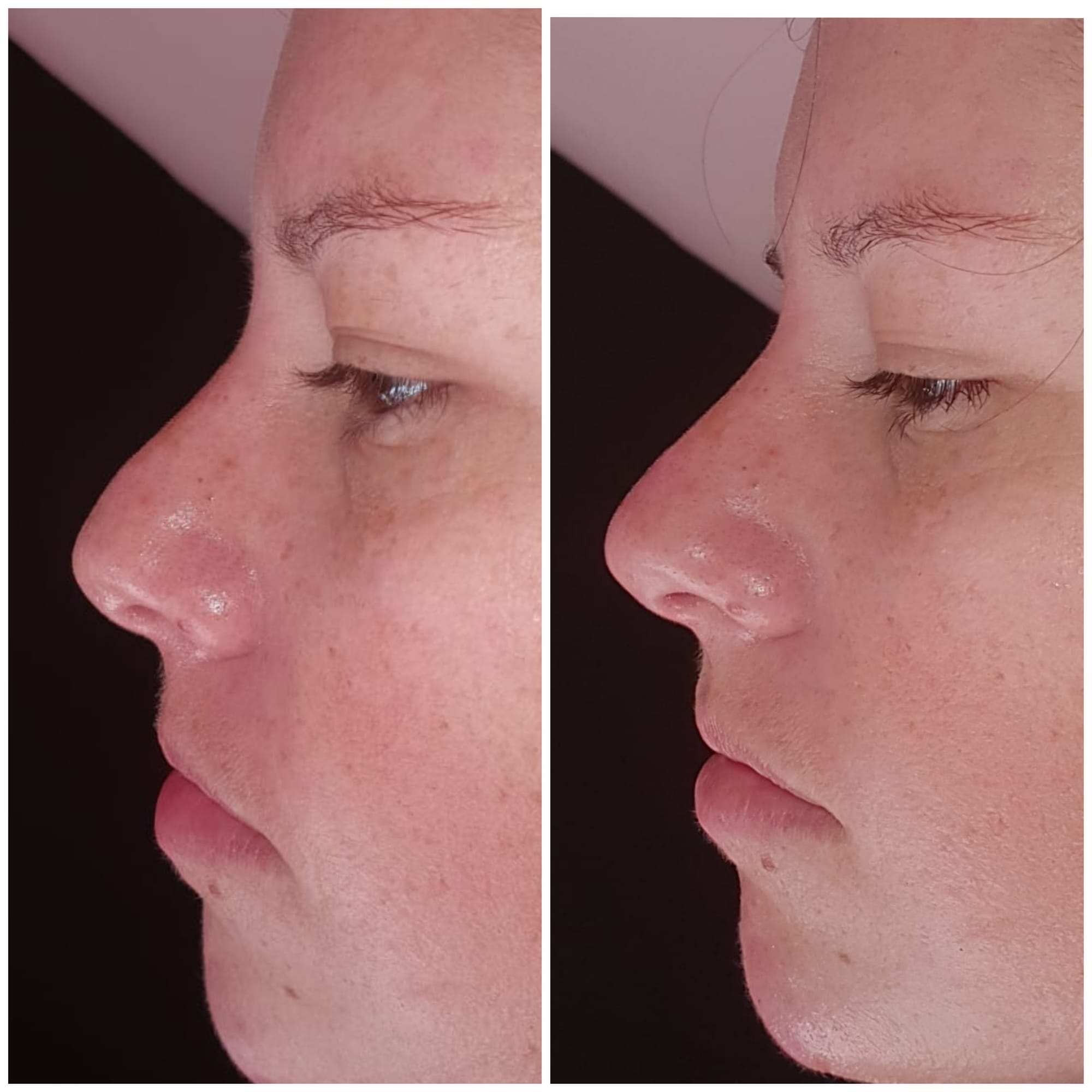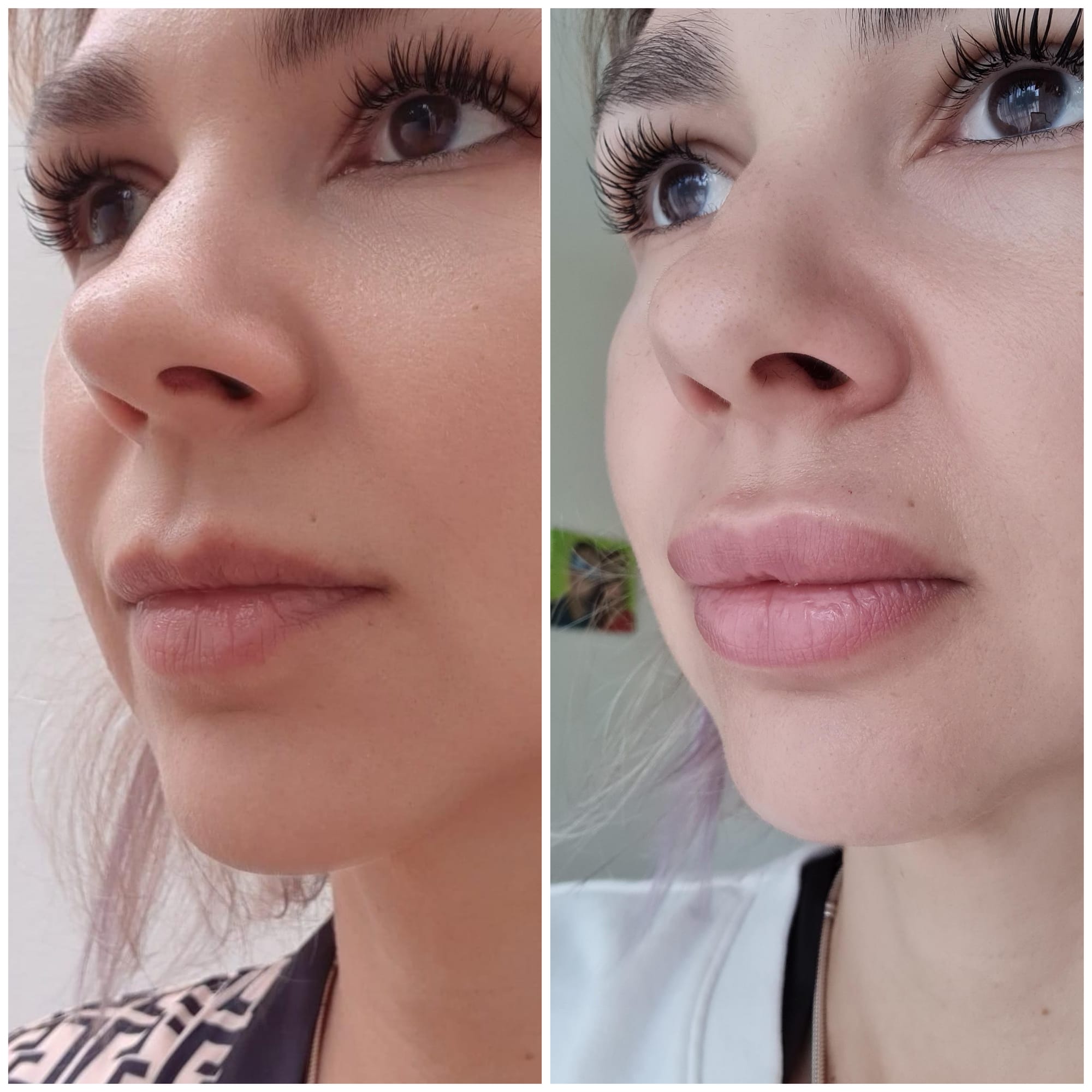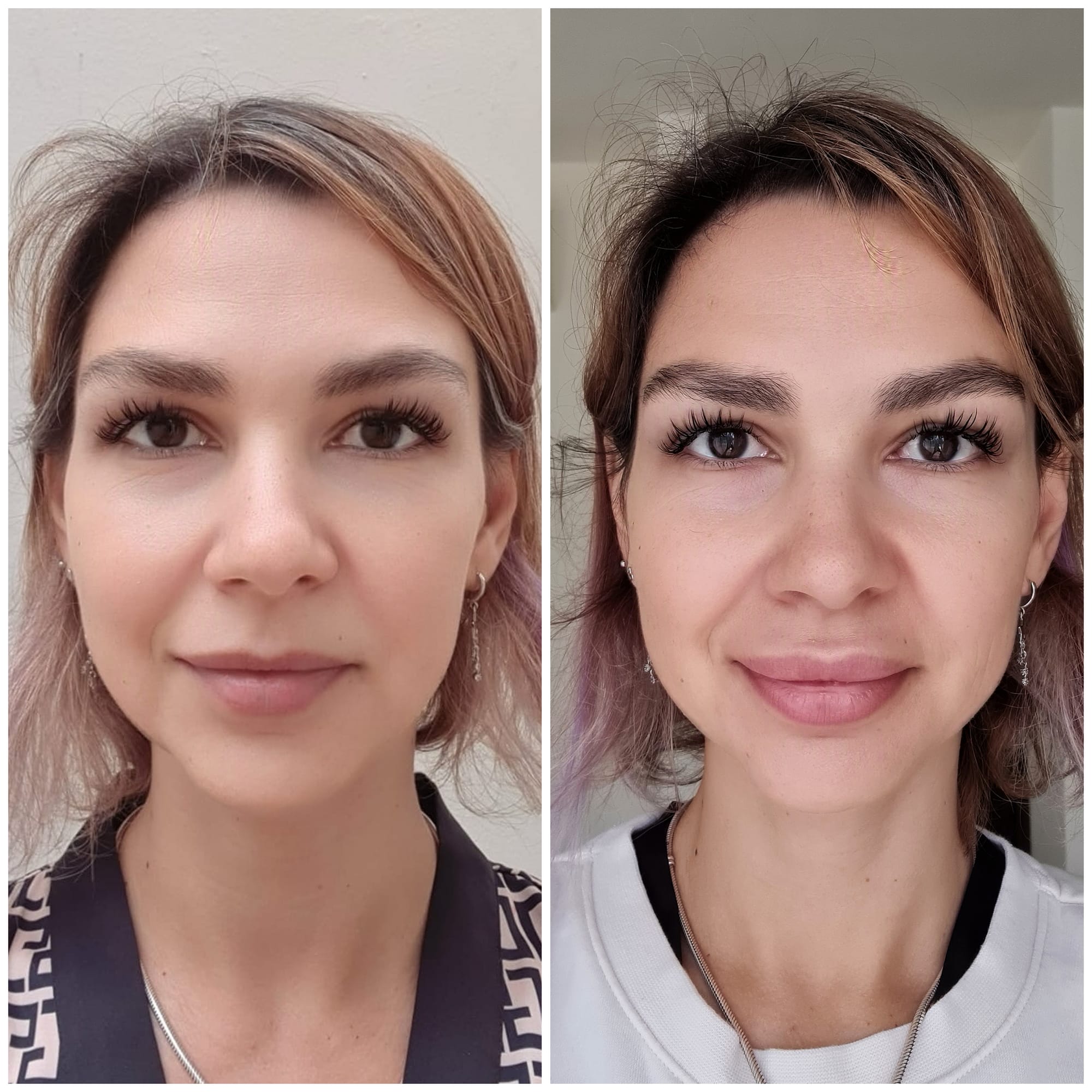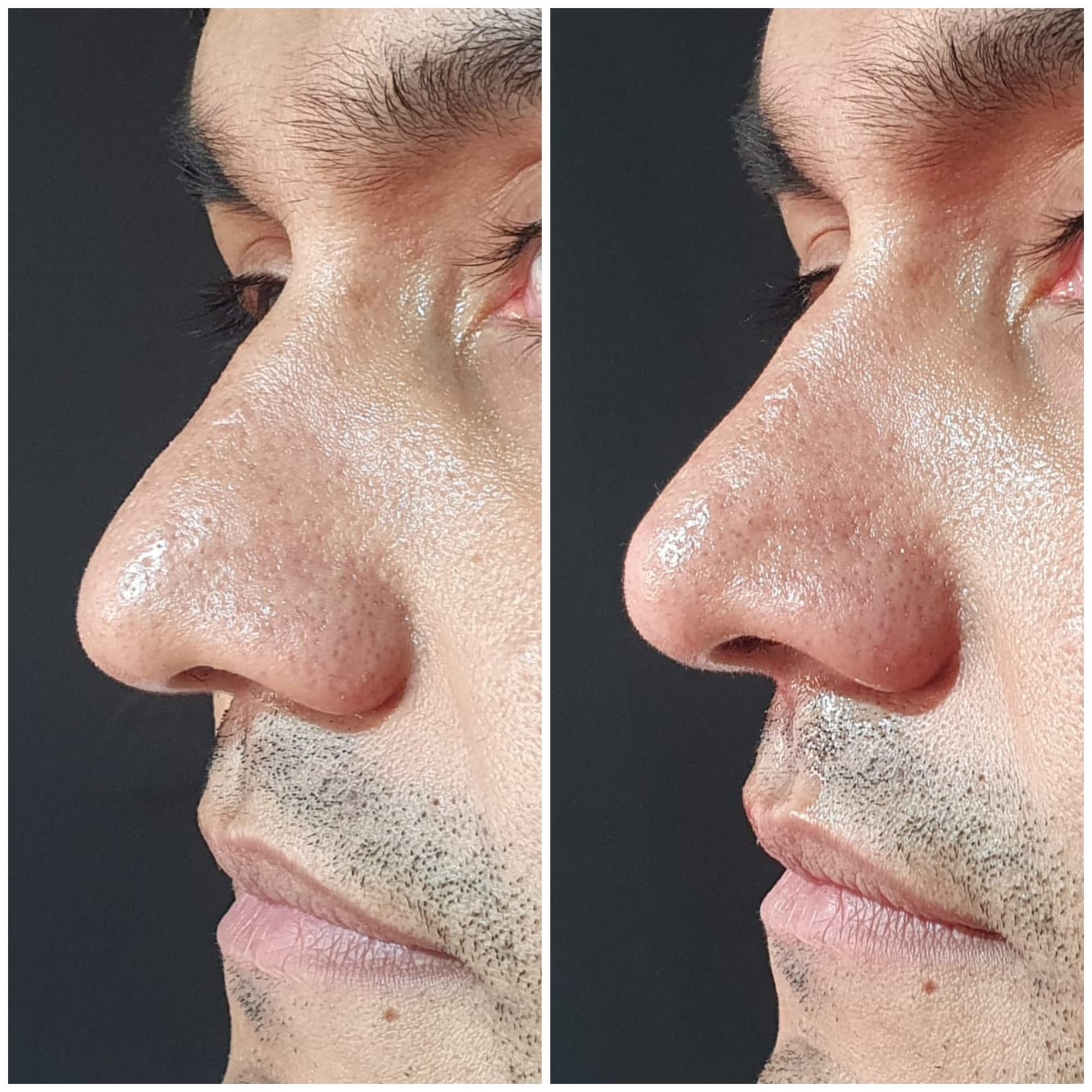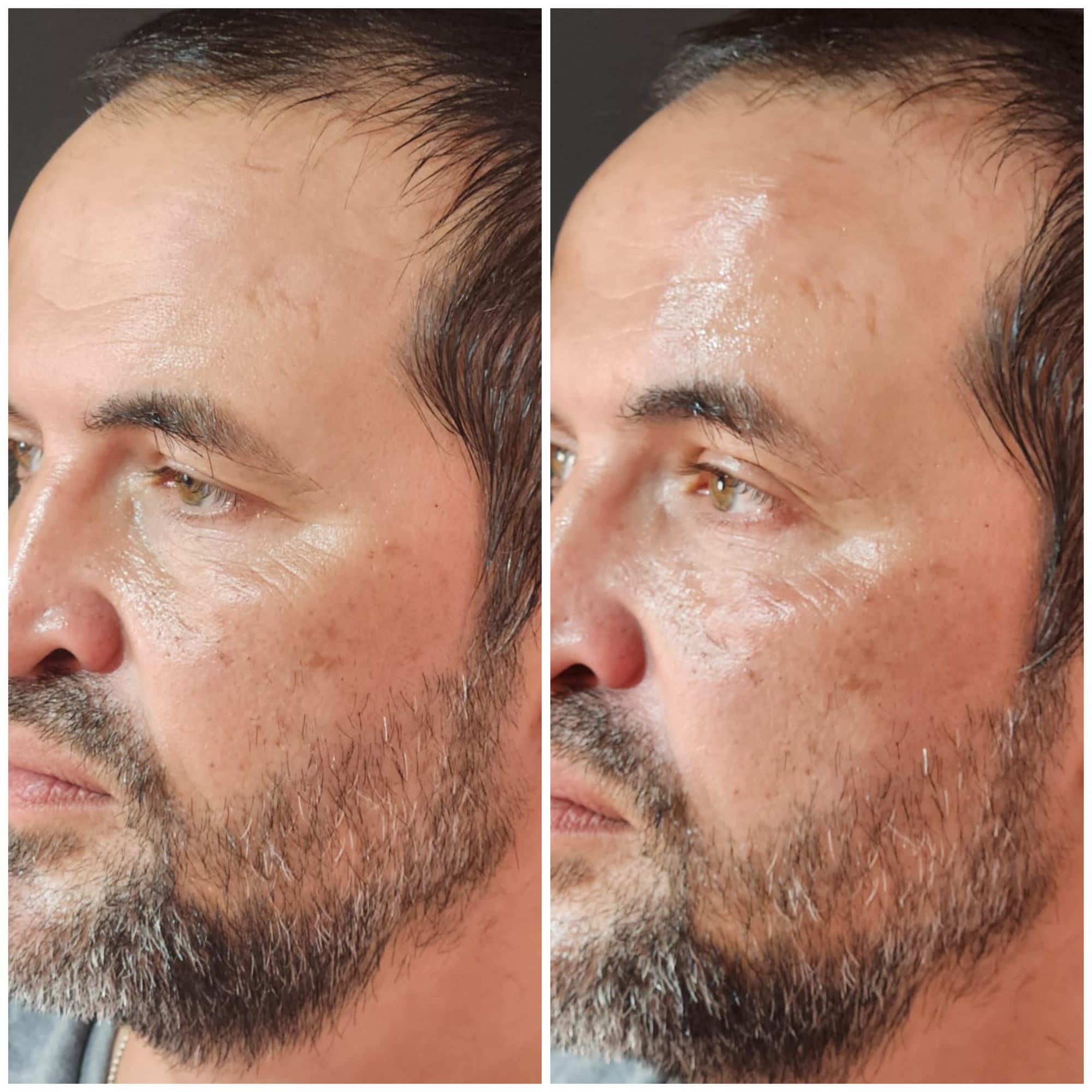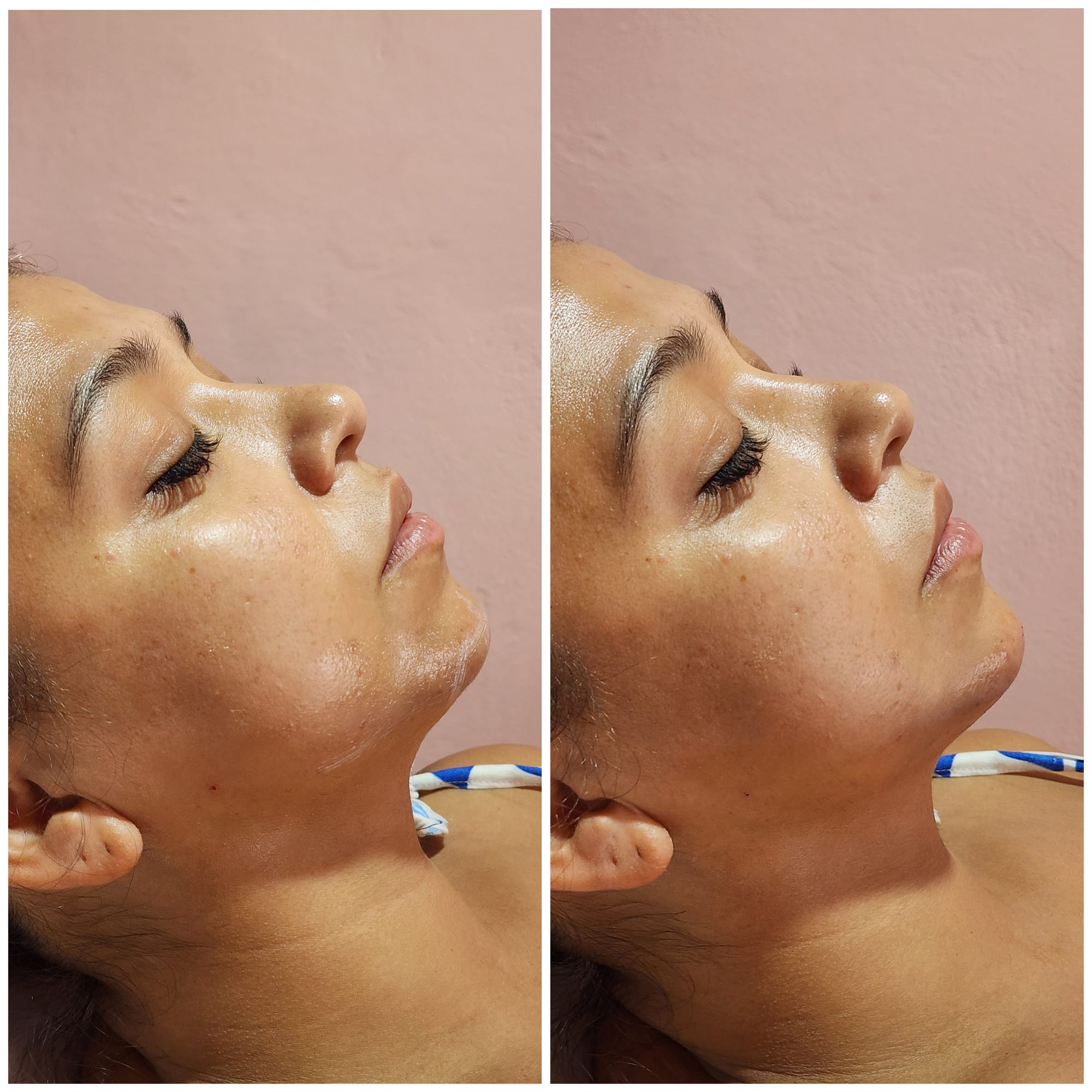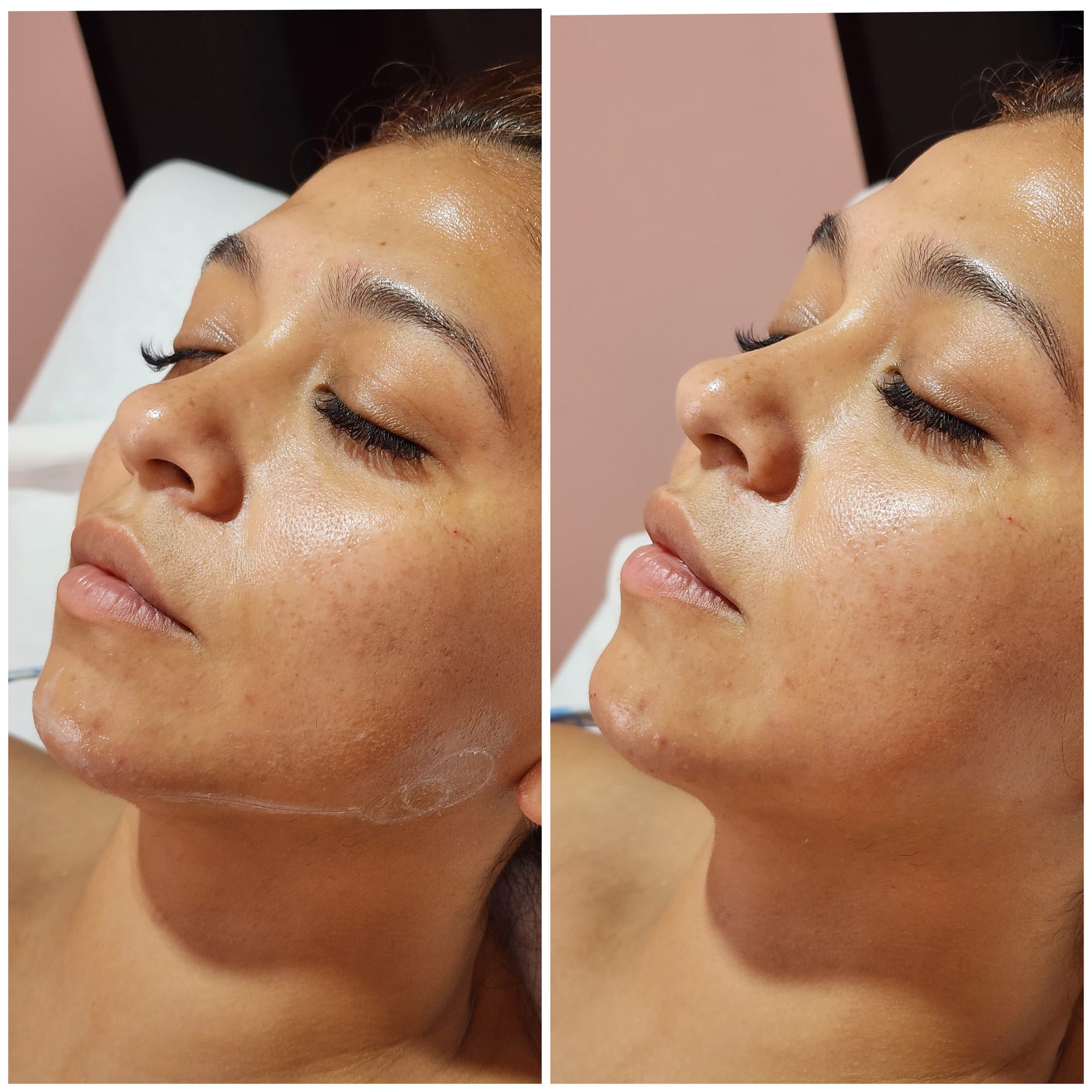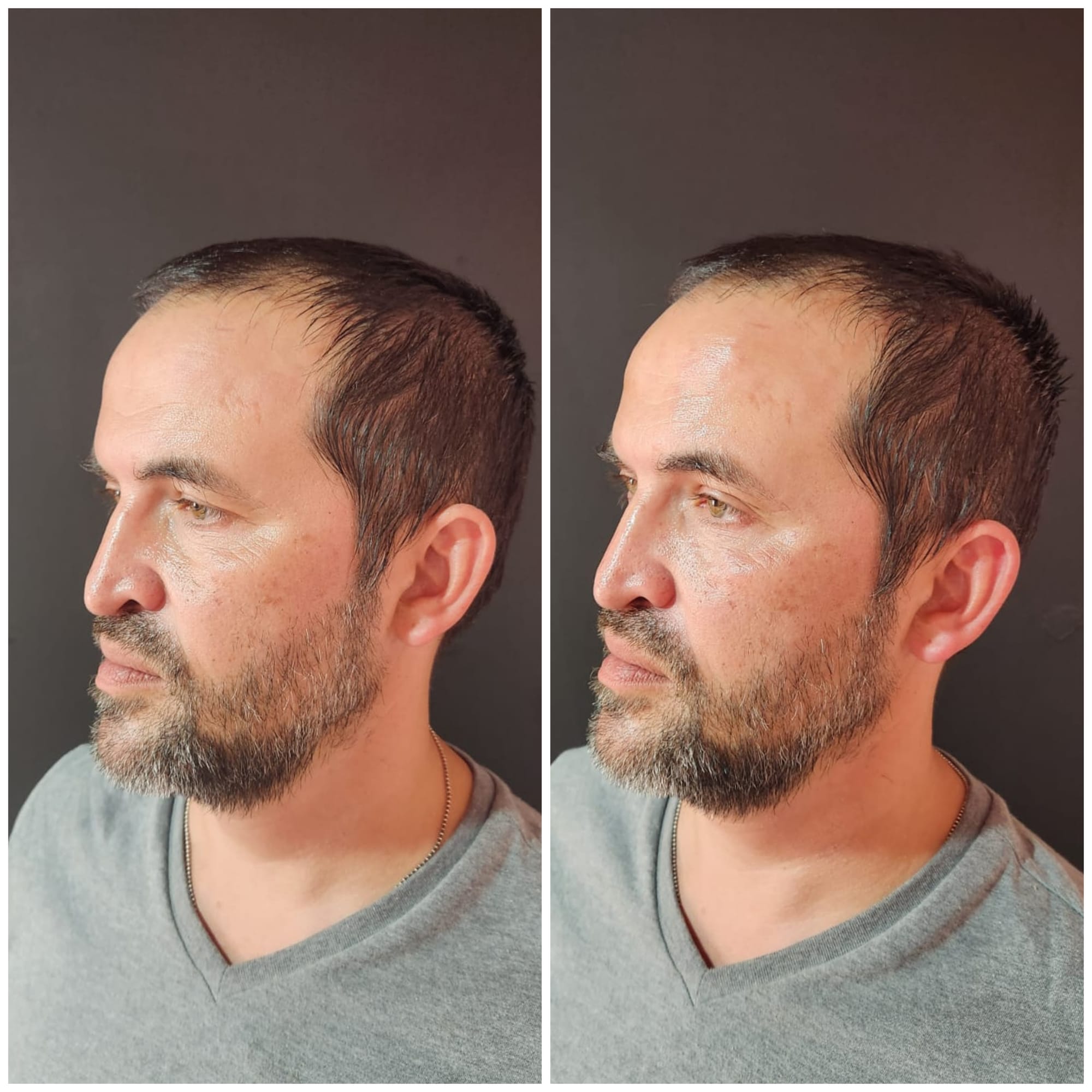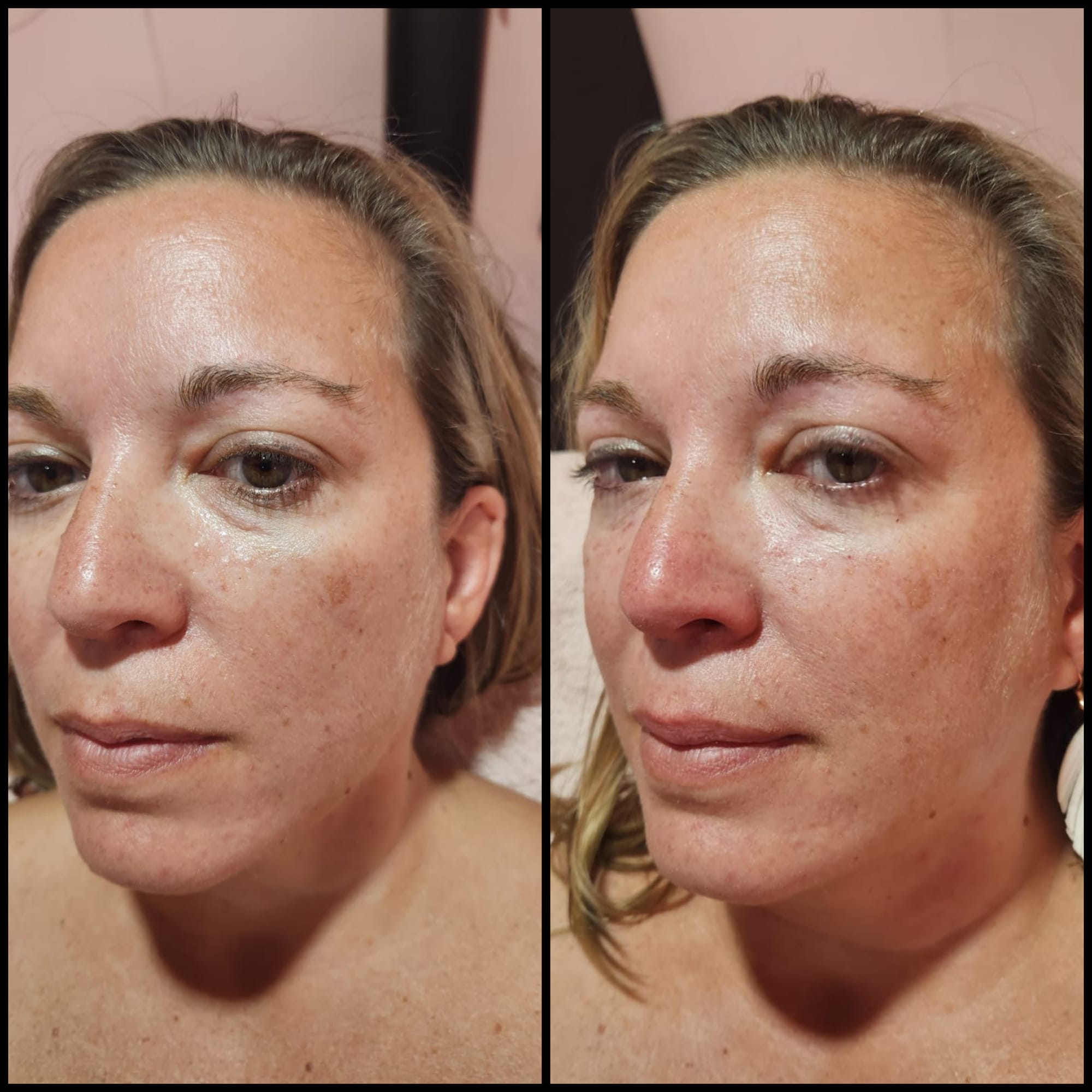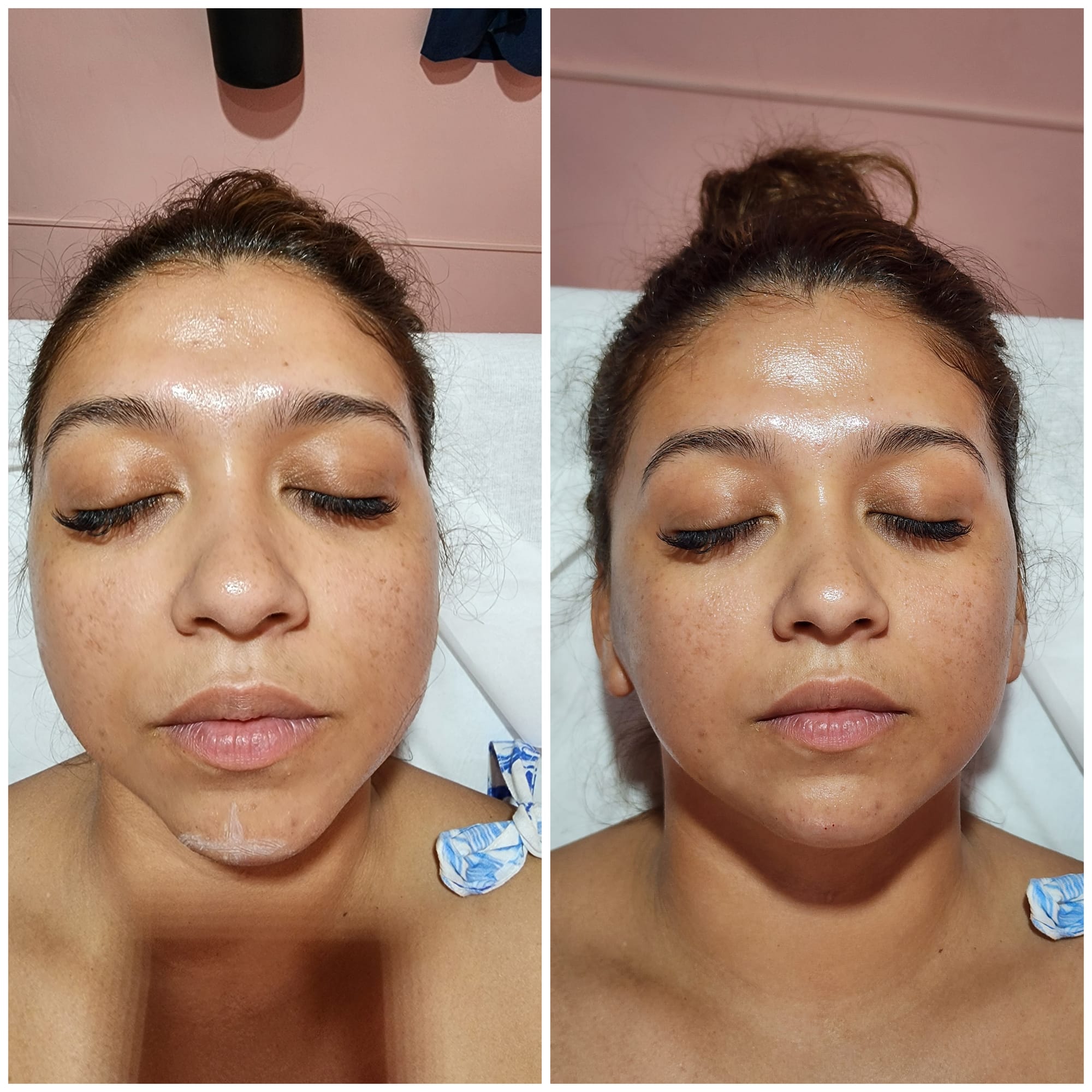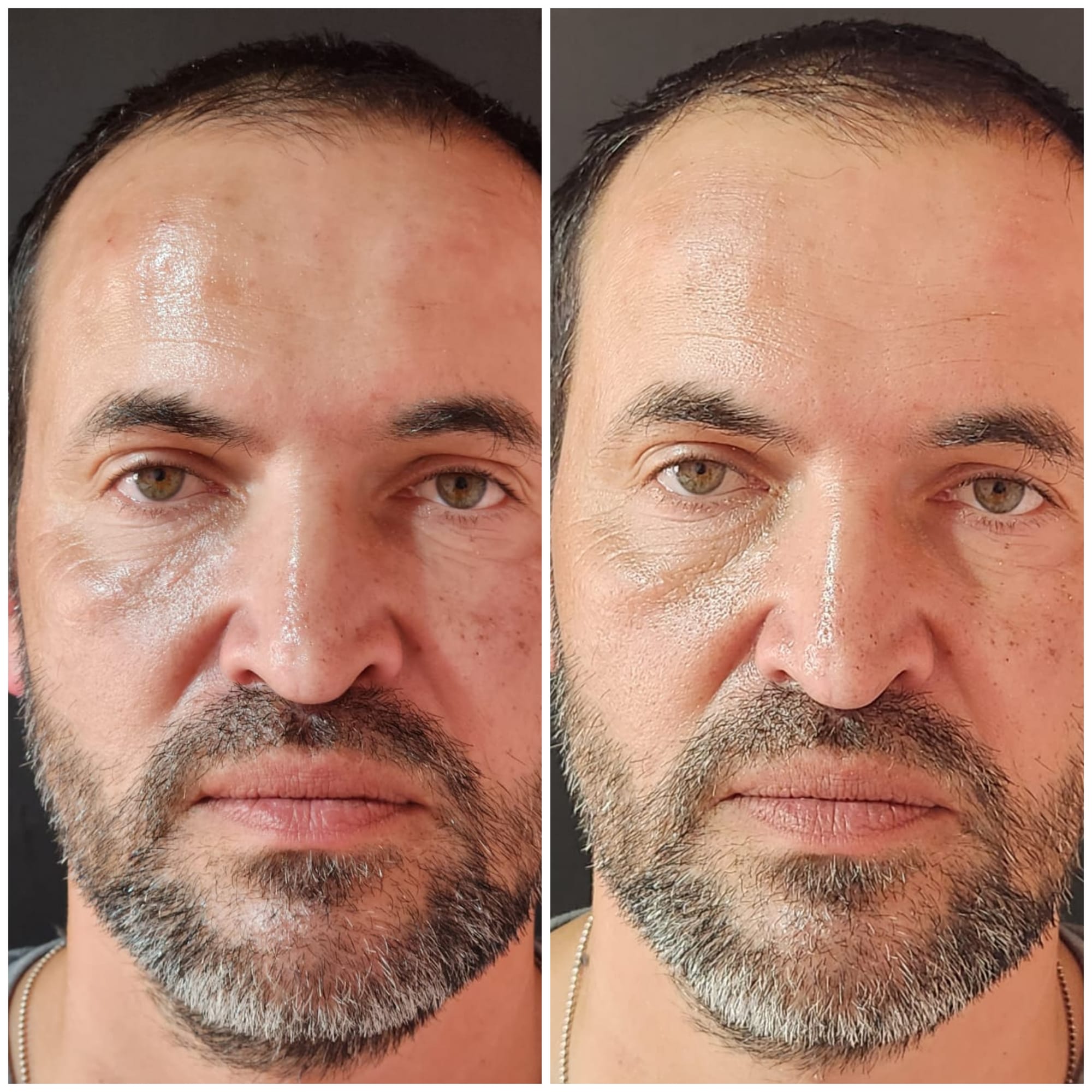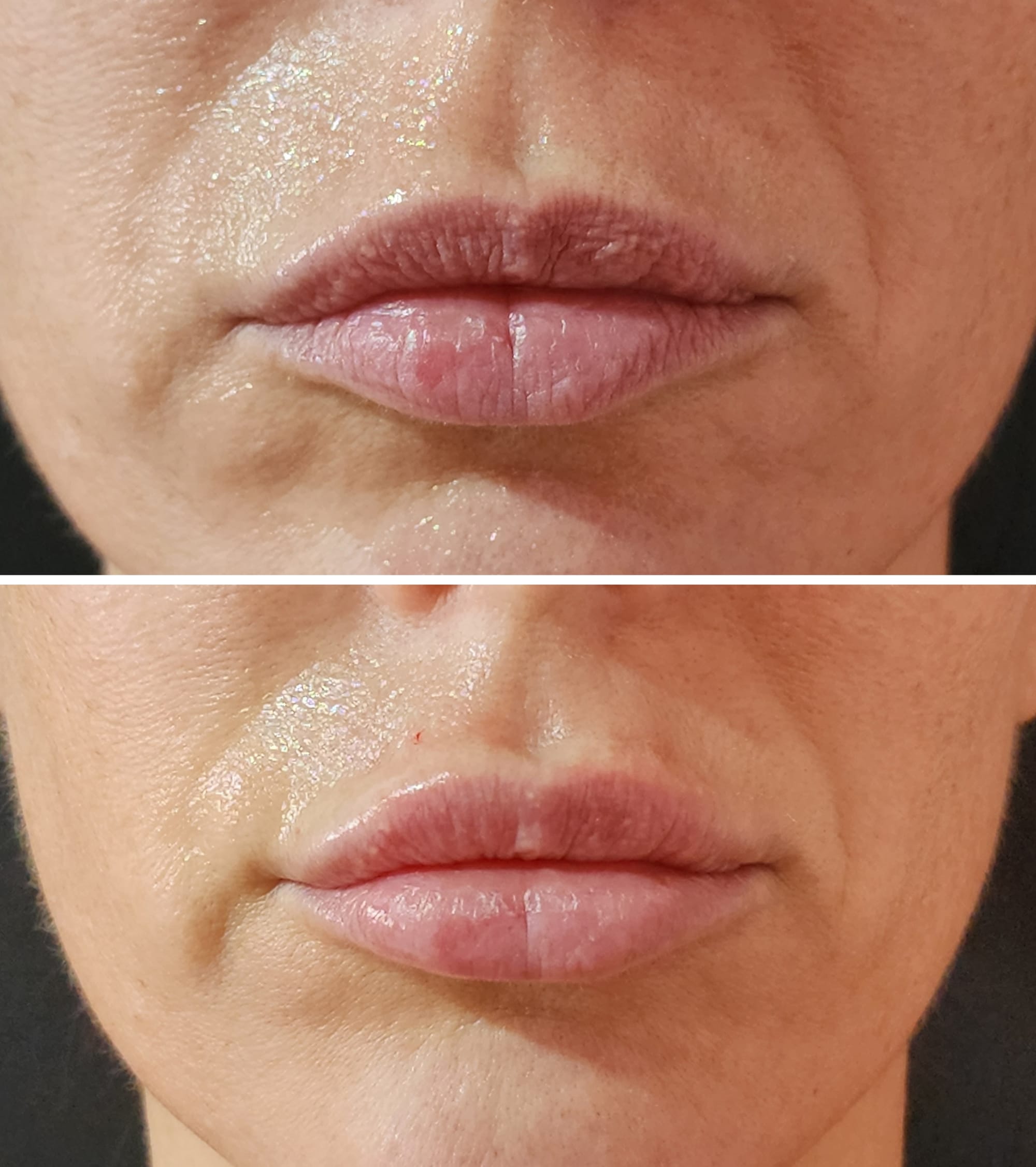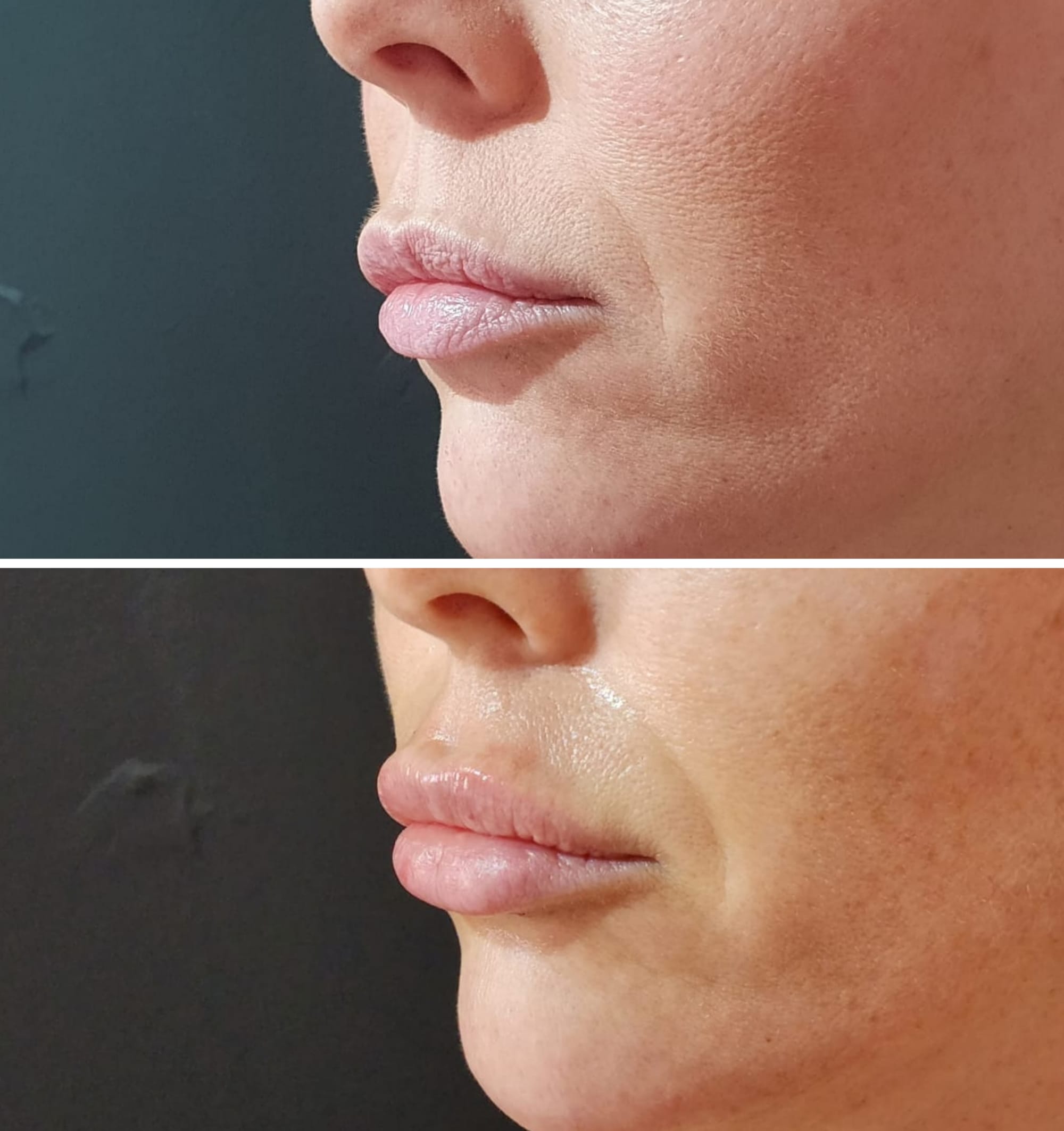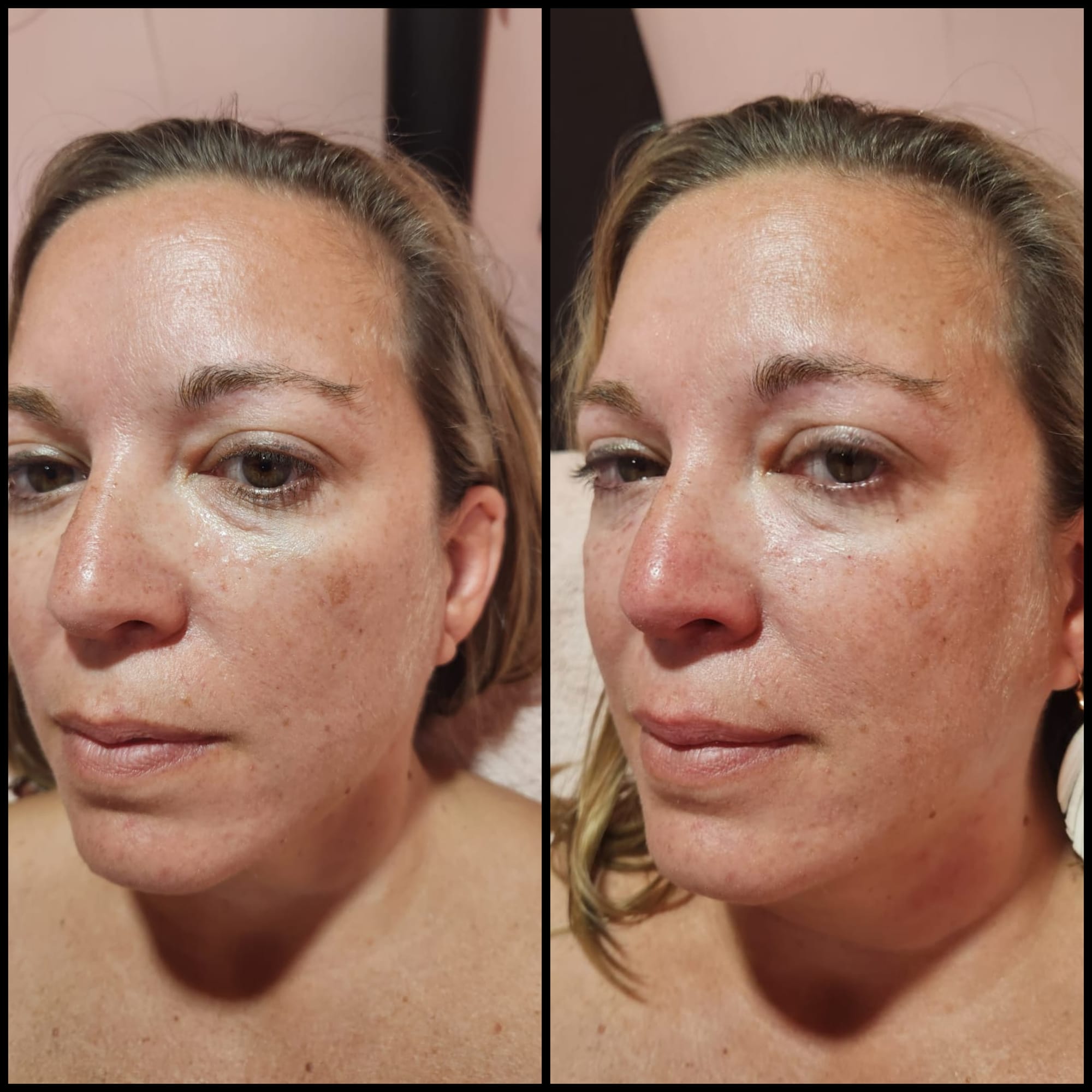Aesthetician
13/07/2024
Threads
Polydioxanone sutures, commonly referred to as PDO sutures, have been known in medicine since the 1980s as resorbable surgical sutures. Recently, however, they have been actively used in aesthetic medicine and occupy one of the first places among modern rejuvenation technologies. Polydioxanone sutures have become a response to trends and developments that require stimulating the natural protective and regenerative mechanisms of the skin instead of masking aesthetic defects. PDO threads have revitalizing, tightening effect and stop the process of skin aging. By actively stimulating the body's production of collagen and elastin, polydioxanone sutures injected under the skin are a long-term support for fading, flabby skin. Importantly, PDO sutures do not increase facial volume and give very good results in difficult areas where botulinum toxin and hyaluronic acid treatments are insufficient. PDO threads - active lifting and effective revitalization Polydioxanone sutures have been used as a self-absorbable surgical suture material in the most critical areas: skin and subcutaneous sutures in plastic surgery, ophthalmology, urology, gynecology. Recently, they have also been used in aesthetic medicine. Clinical observations have shown that the body in response to the presence of certain foreign bodies stimulates the production of collagen (the protein responsible for skin tone and elasticity) and elastin (the protein responsible for skin firmness and elasticity). This process begins about 14 days after the PDO filament is placed in the skin and lasts up to 9 months, that is, until it is completely resorbed. After this time, polydioxanone filaments are completely hydrolyzed, and their decomposition products, i.e., carbon dioxide and water, are completely inert for the body. New collagen is formed in the skin vectorily along the filaments, becoming an excellent basis for keeping the skin from sagging and aging. The aesthetic effect is long lasting - up to about 2 years.
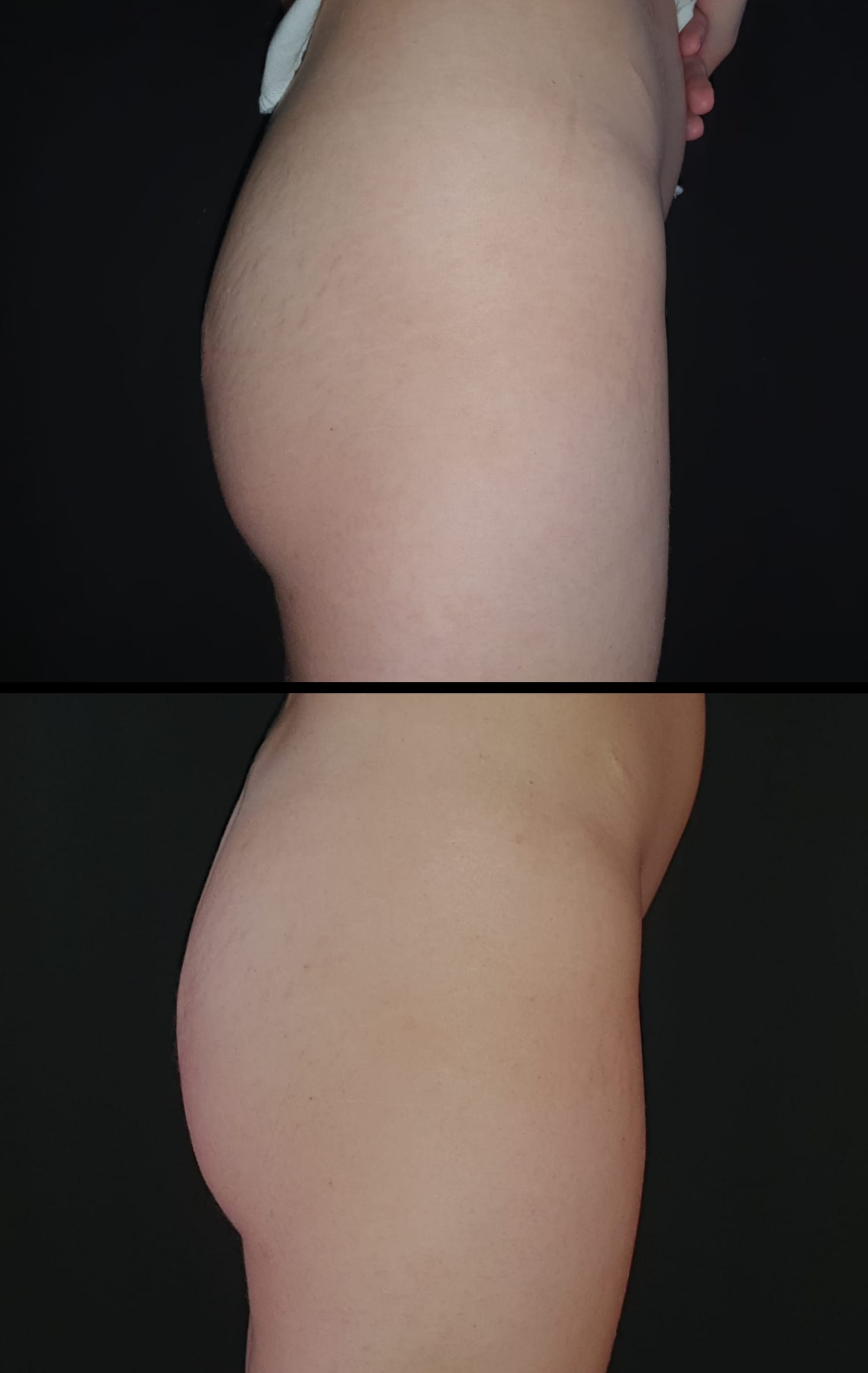
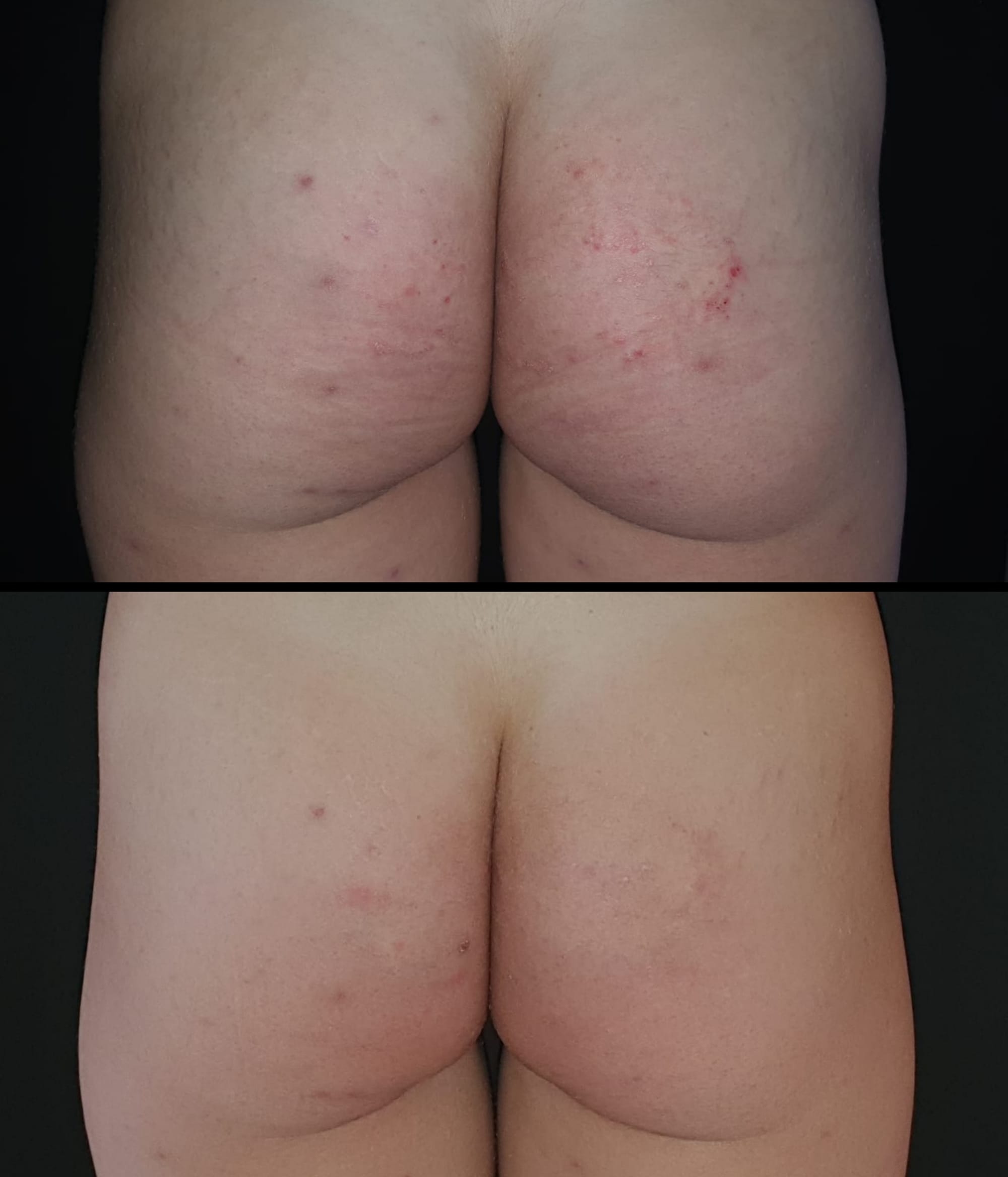
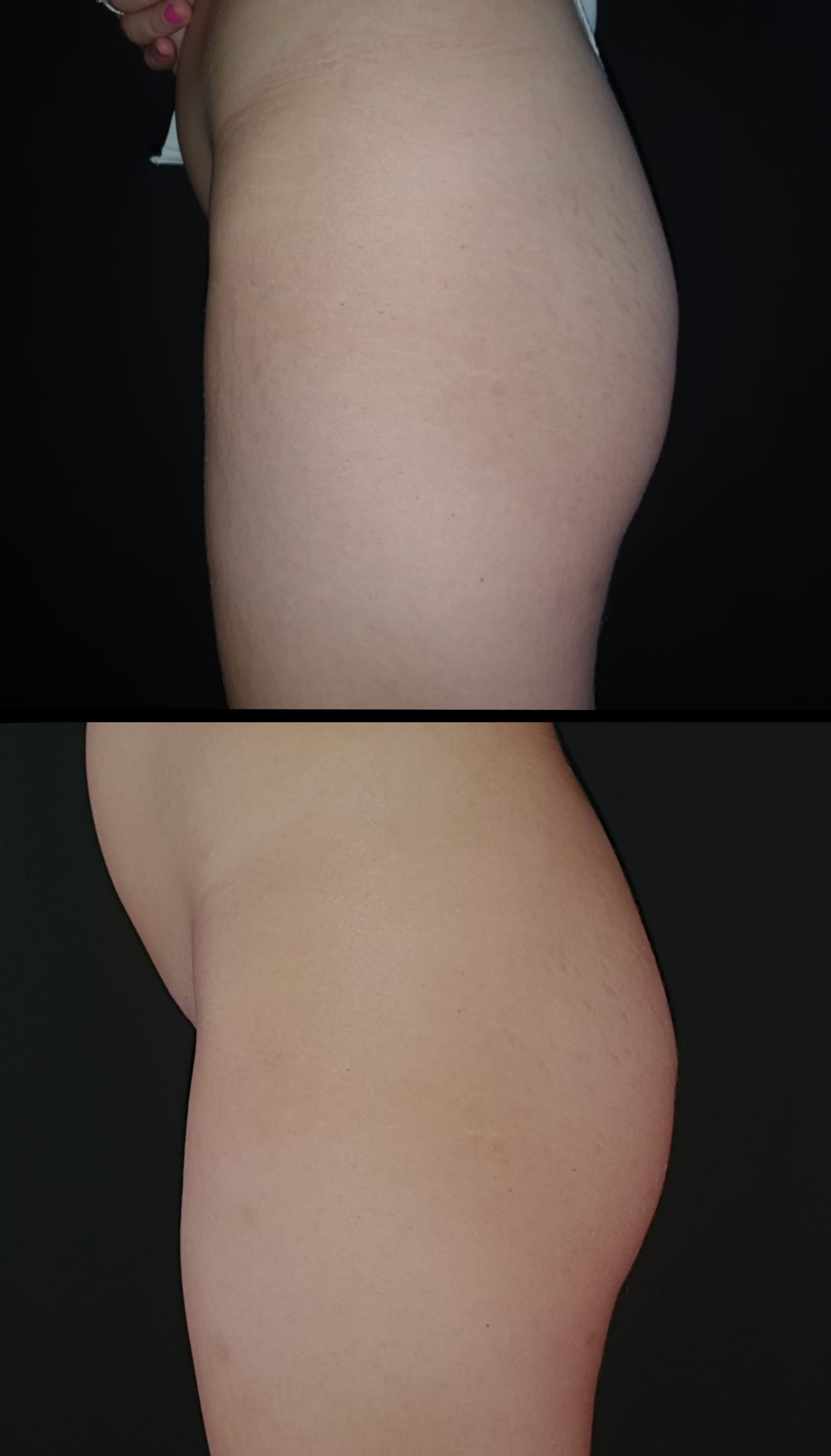
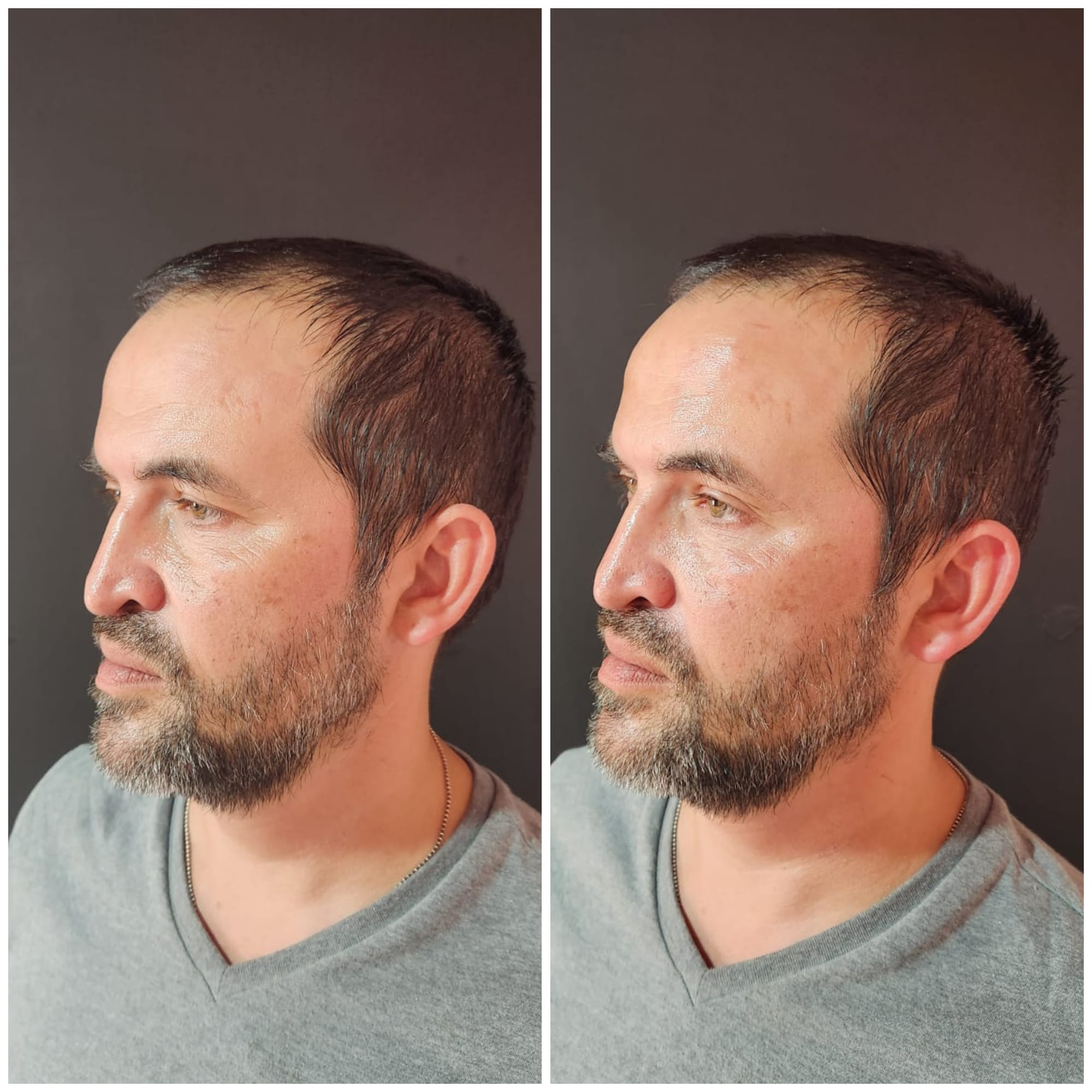
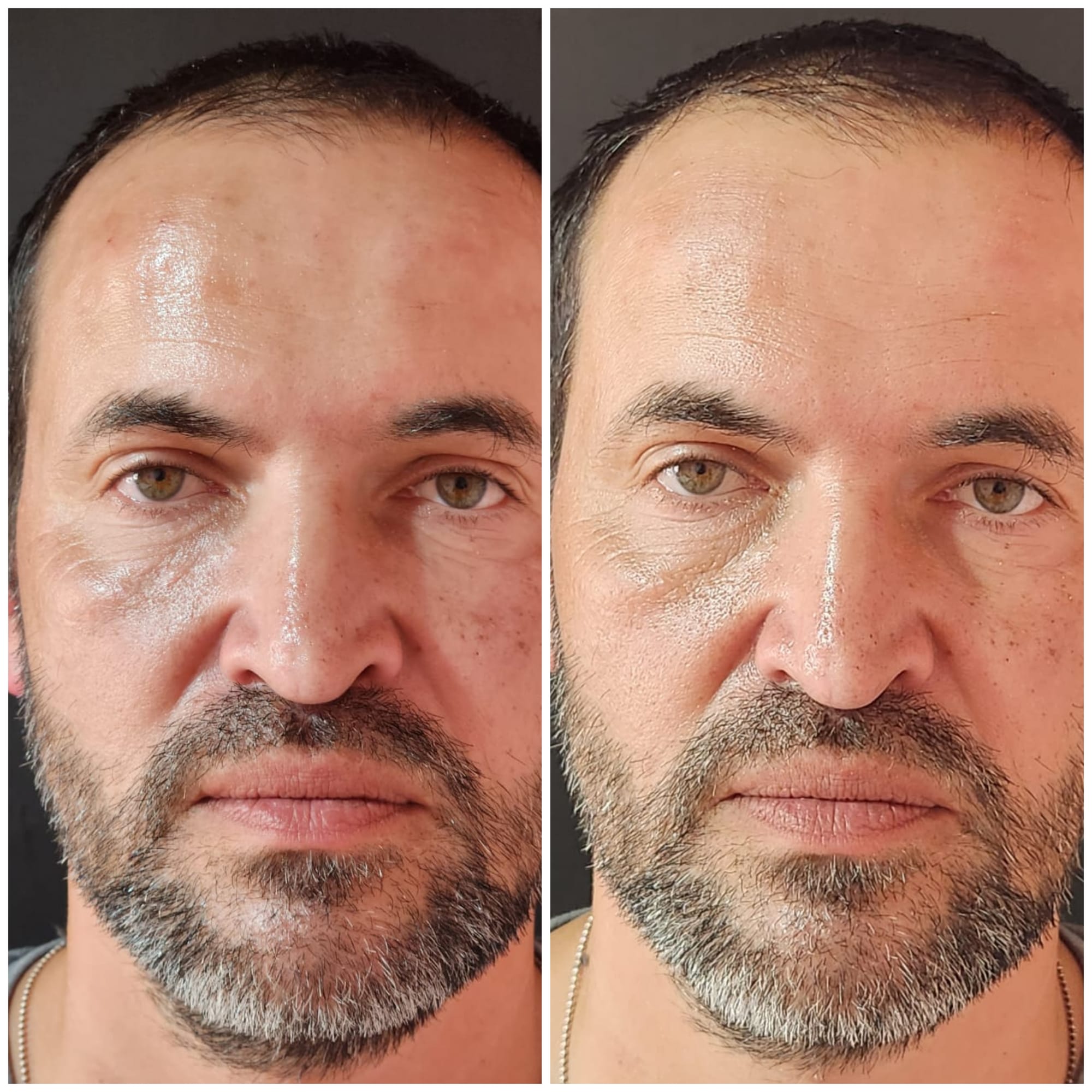
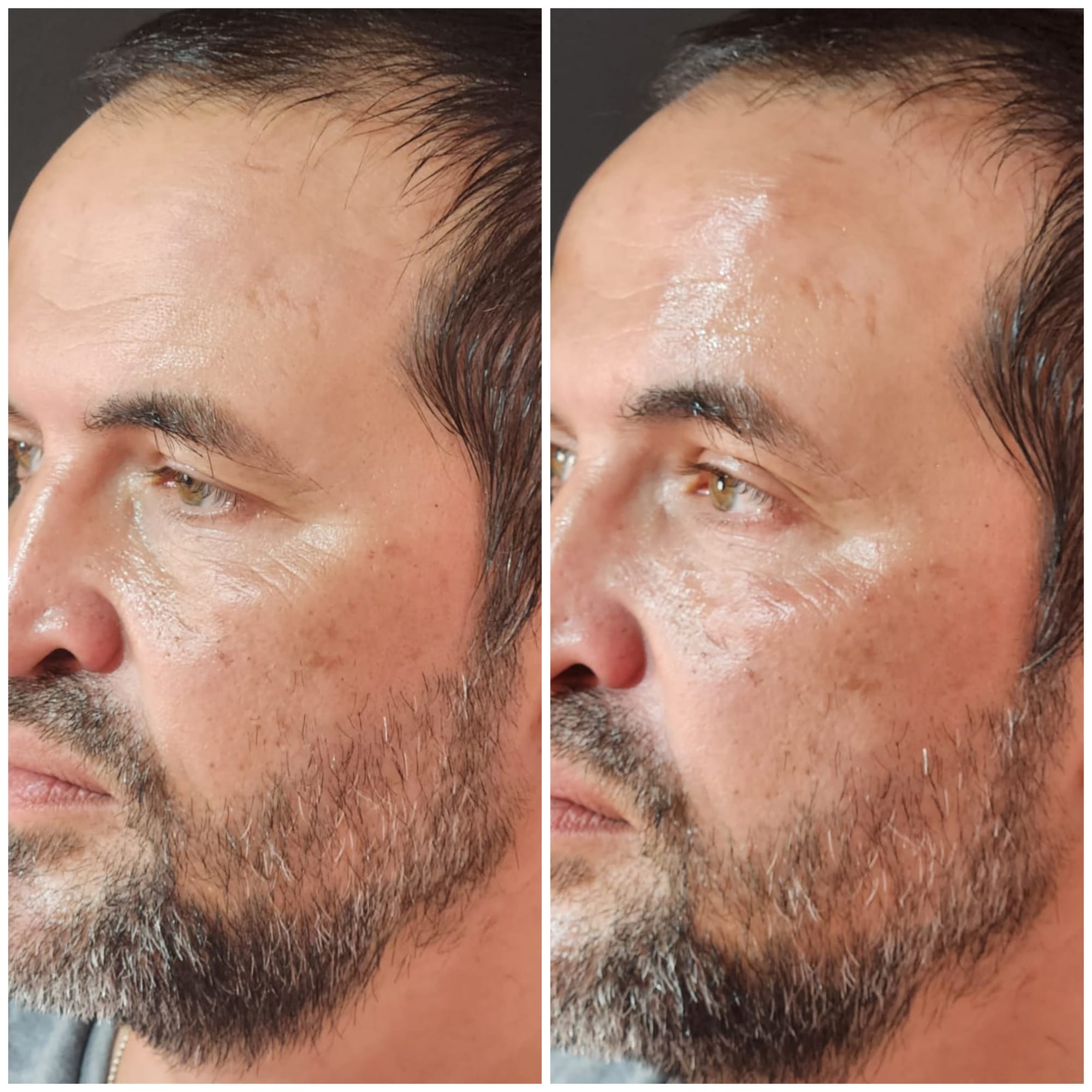
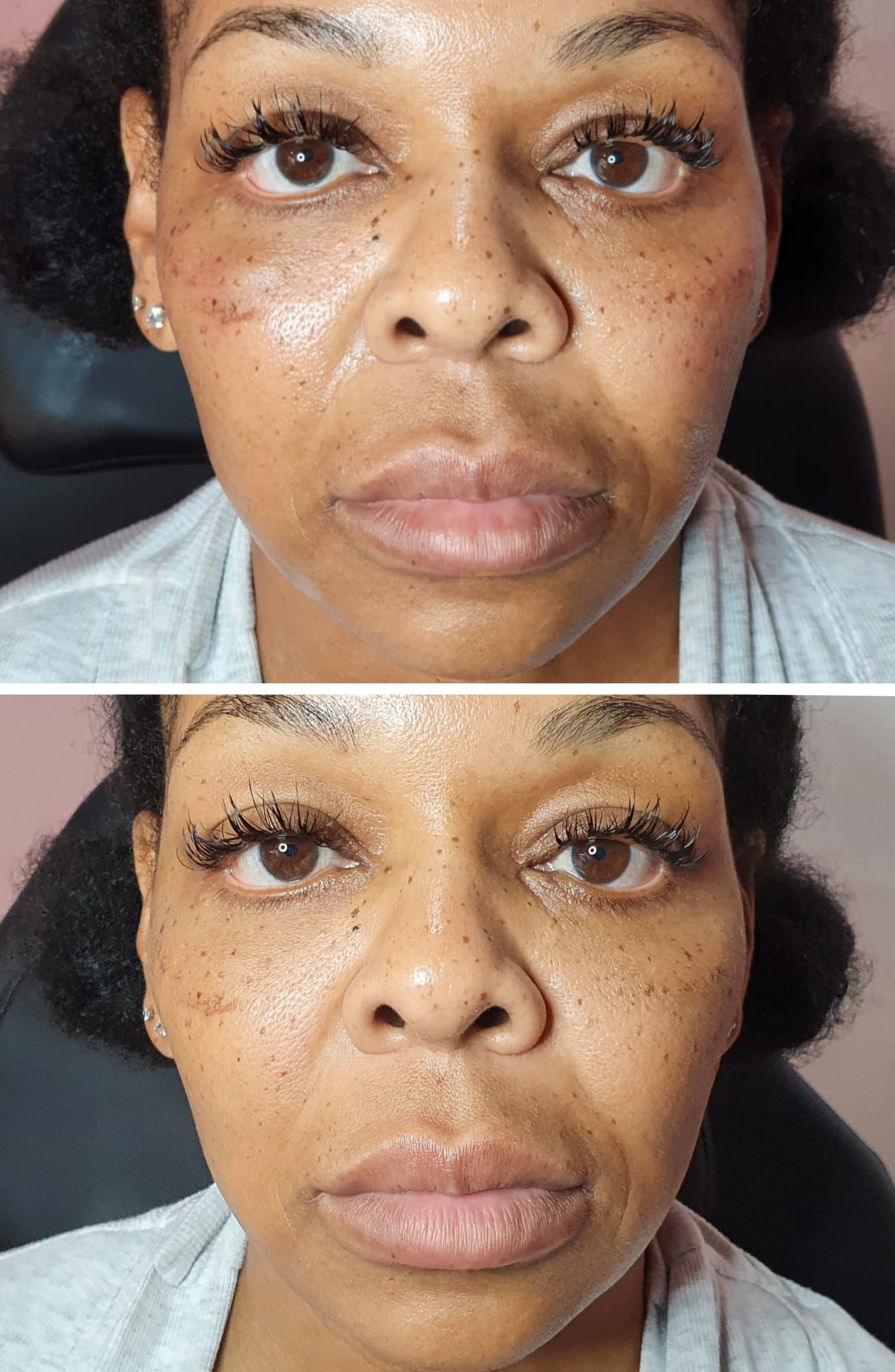
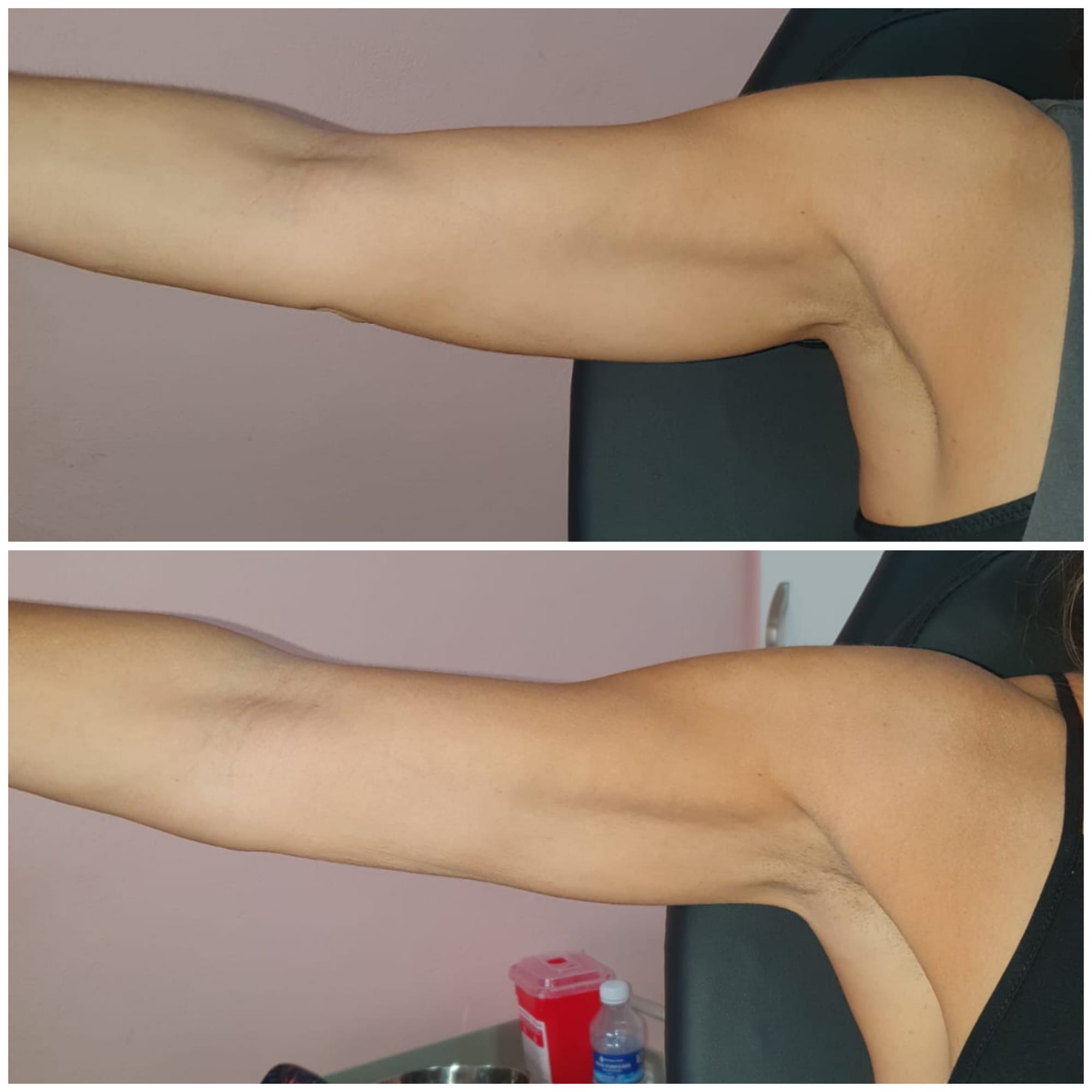

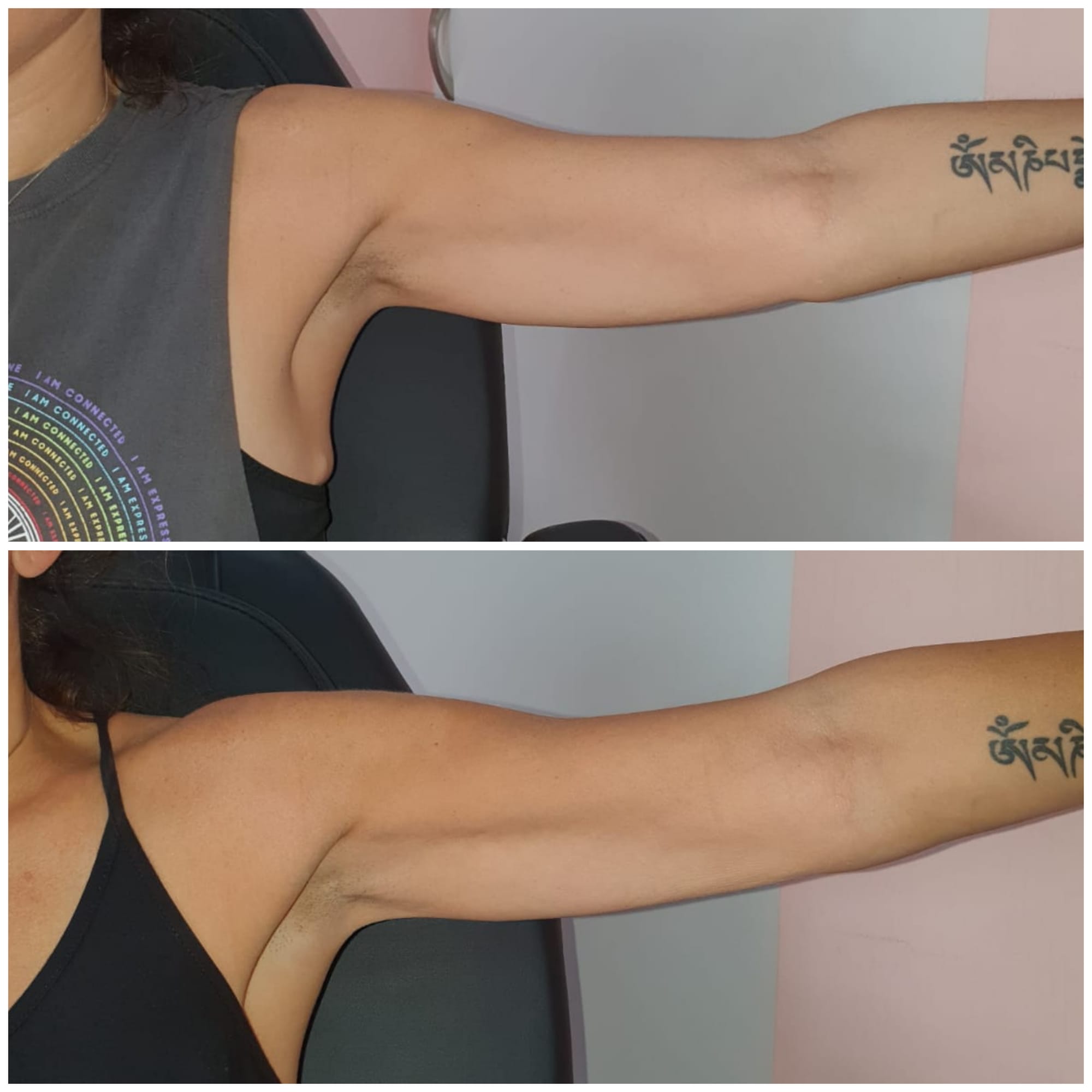


Botox
Botox is a botulinum toxin that is used in many countries to prevent wrinkles, but it has become customary to call all botulinum toxin preparations Botox, even though the botulinum toxin preparation injected may have a different name and is produced by a different company. Botulinum toxin, botulinum toxin, is a neurotoxin of protein nature produced by bacteria like Clostridium botulinum. Despite the fact that "Botox" is indeed an organic poison, it is, according to numerous (including independent) studies, safe in the doses used in aesthetic medicine. At least as long as the needle is in the hands of a professional. By the way, it is the most common aesthetic procedure worldwide.
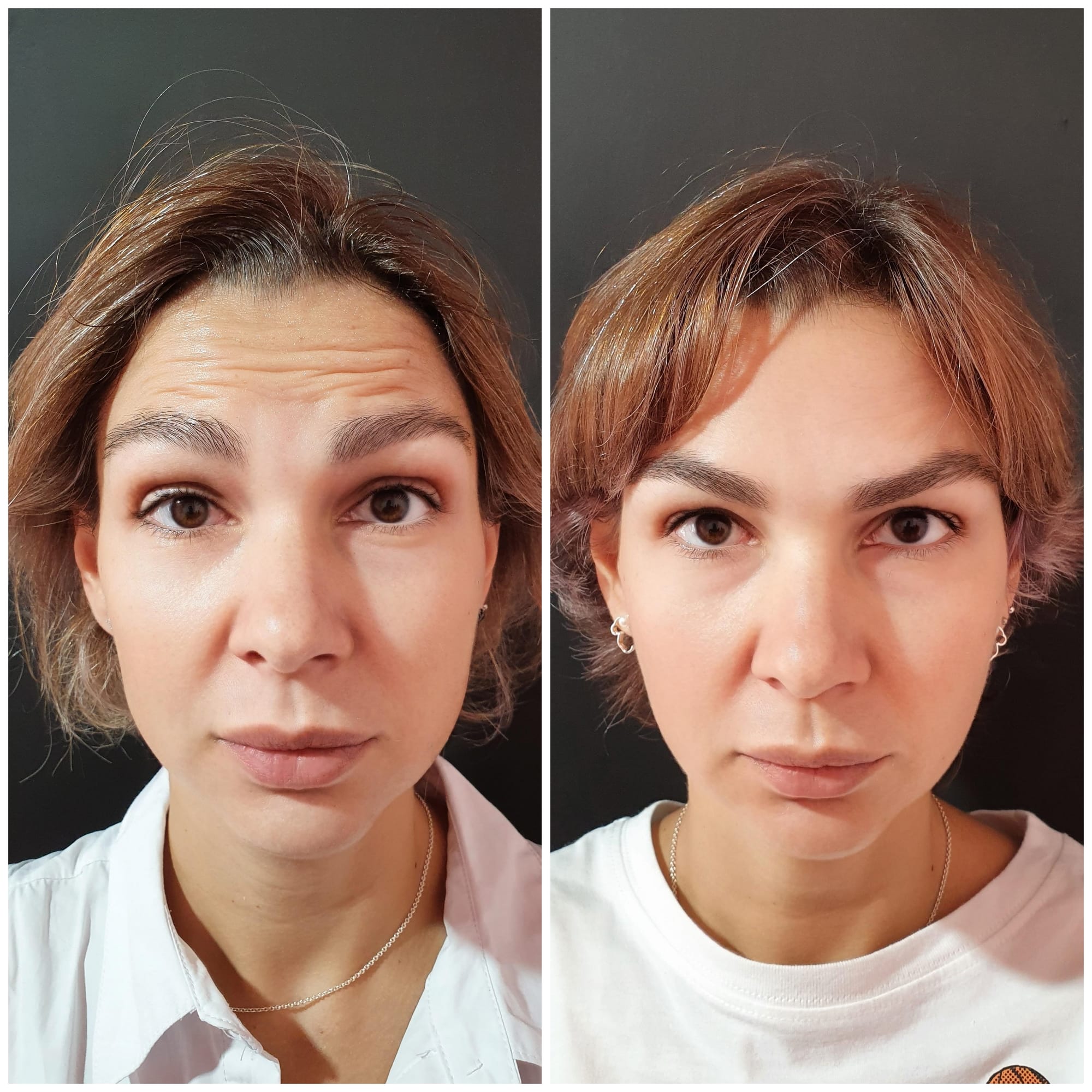
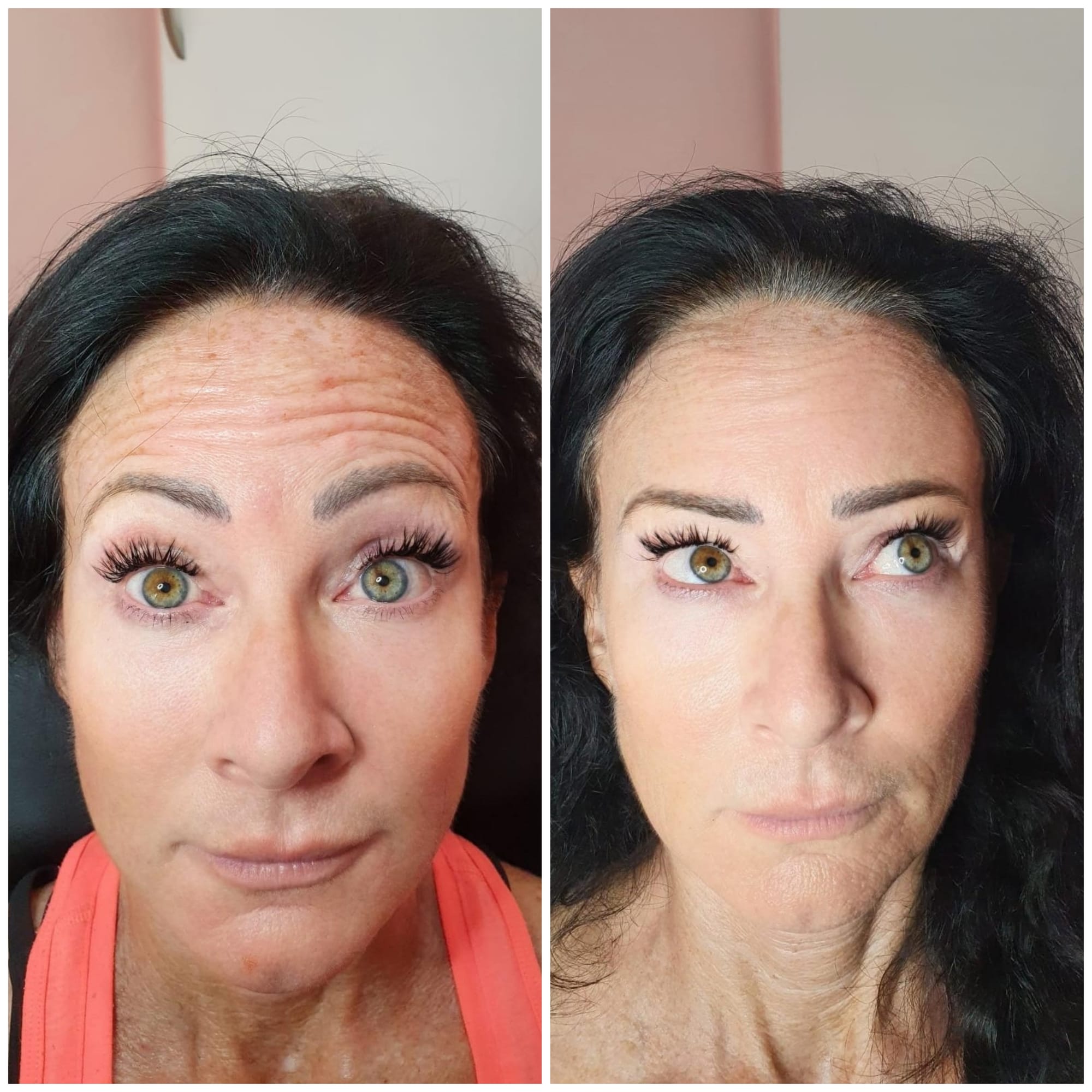

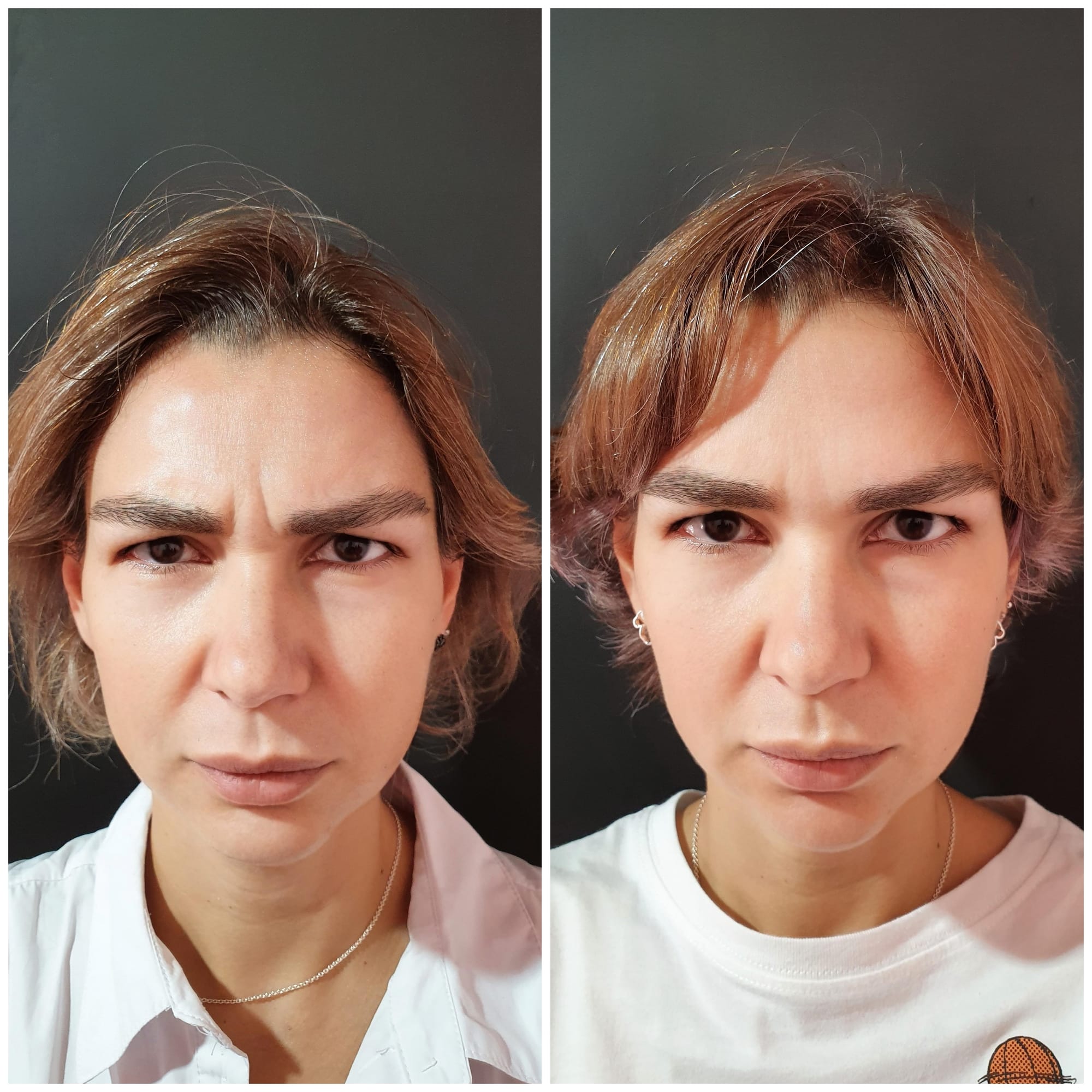

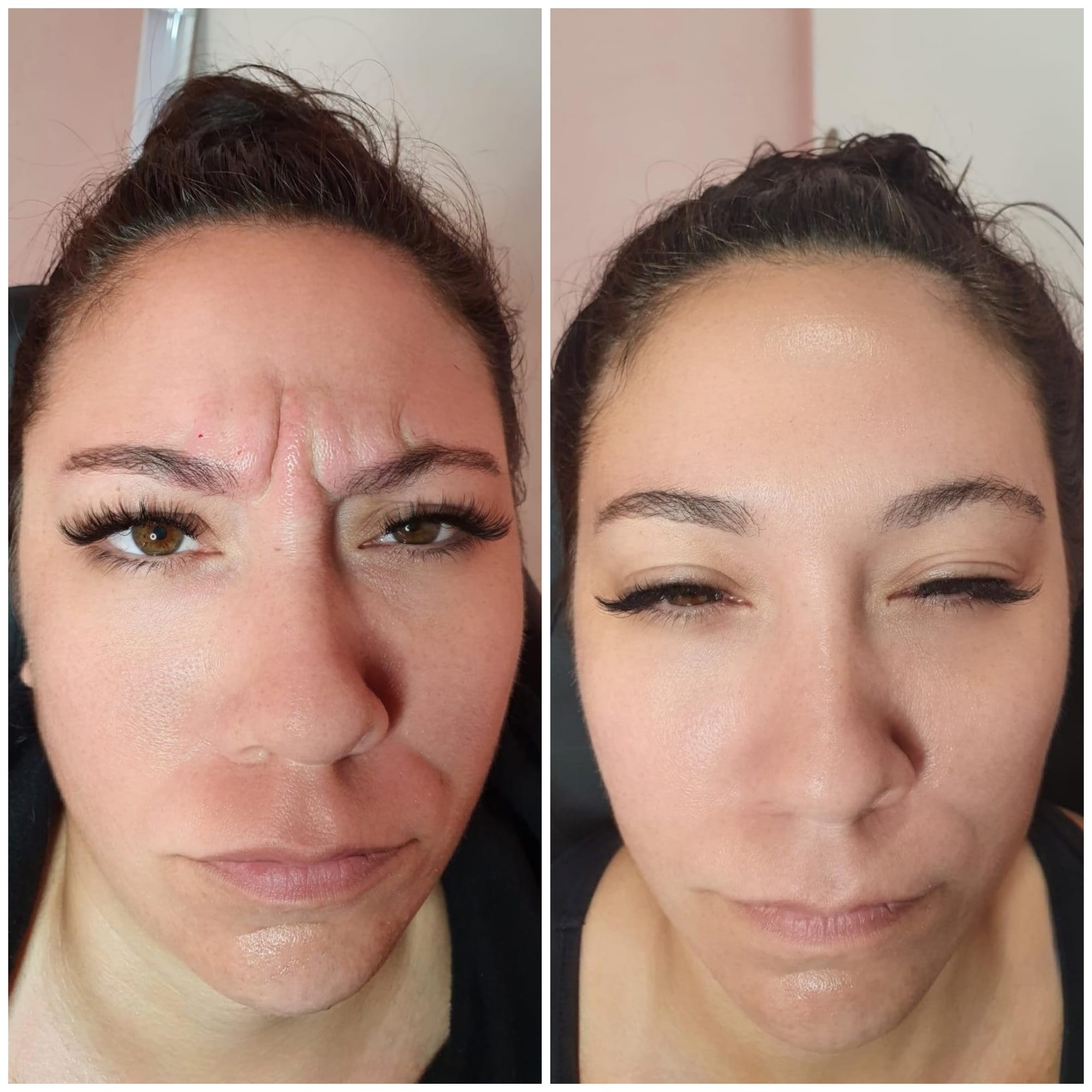
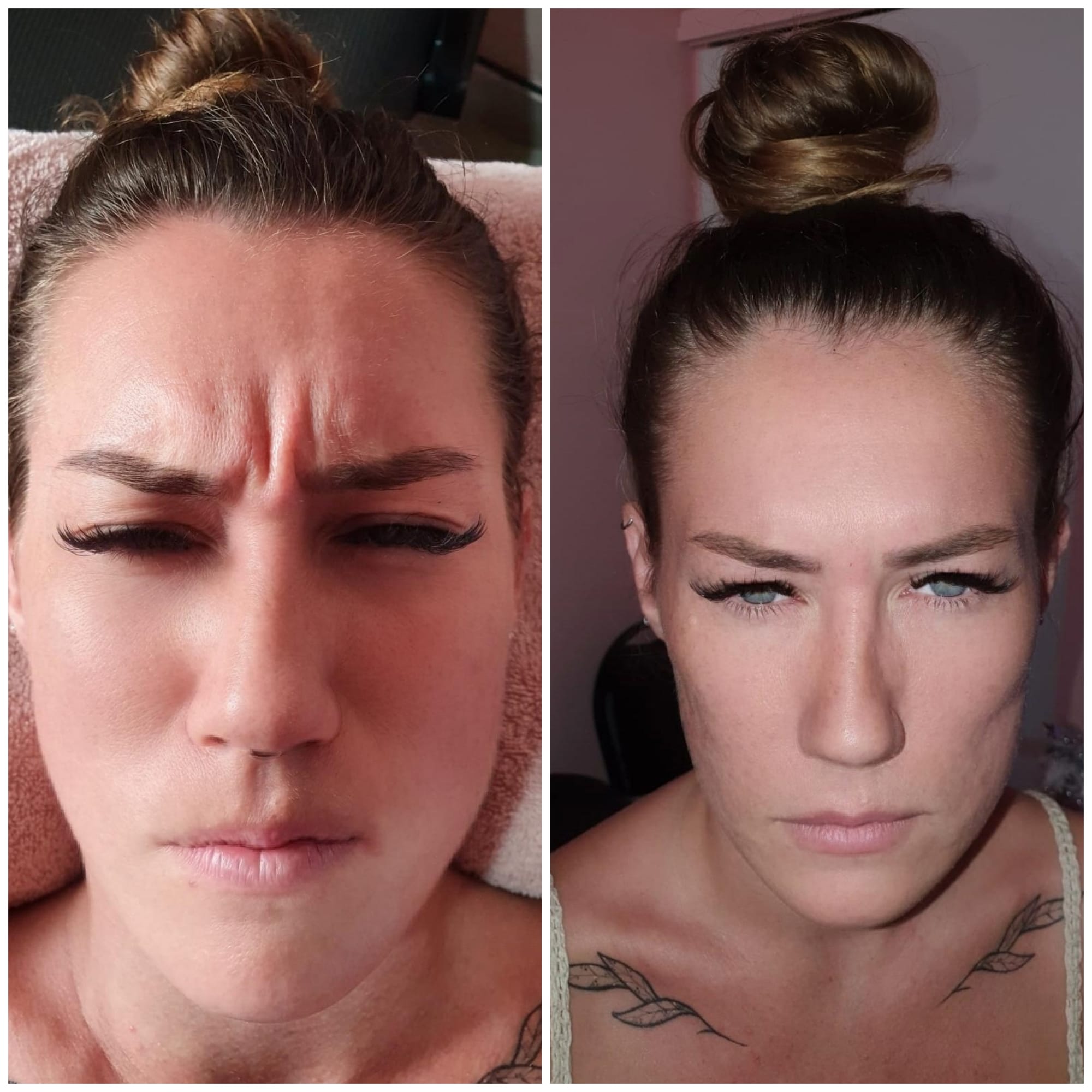
Fillers (Hyaluronic Acid)
Hyaluronic acid is a non-sulfated glycosaminoglycan, a component of the intercellular matrix and an organic polysaccharide. And now in simple, non-medical terms. Hyaluronic acid is an organic substance that is produced in greater or lesser amounts in almost all the cells of our body fluids and tissues. Large amounts of hyaluronic acid are produced in the tissue molecules of articular cartilage, the eyeball, the brain, heart valves, saliva and, of course, the skin. The skin accounts for more than half of all hyaluronate in the human body. Hyaluronic acid provides elasticity and normal functioning of tissues by retaining water molecules and their binding in the intercellular space. This is its main task - to support the water balance of all body tissues. It hydrates cells, preserving their youthfulness and functionality. Hyaluronate also promotes cell proliferation and regeneration. The most important and amazing feature of hyaluronic acid is the ability of one molecule of the substance to retain moisture a thousand times its own mass. Thanks to this property, the cells of the connective tissues are protected from dehydration. So, one gram of hyaluronate can attract up to 6 liters of water, and at the same time only the required amount of water is retained, over saturation of the cell is impossible - this is the unique ability of hyaluronate. This is why hyaluronic acid has become so popular in the beauty industry.
